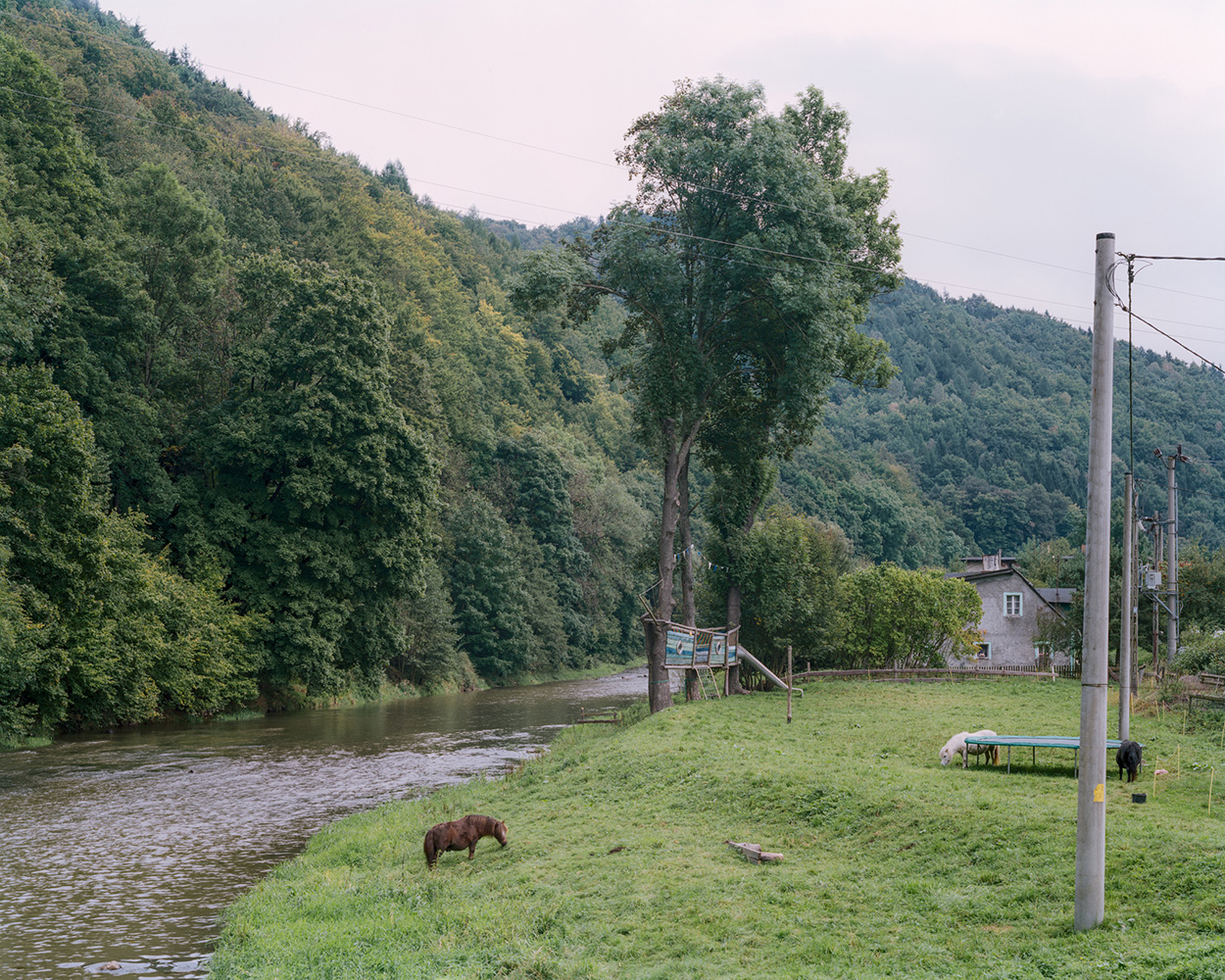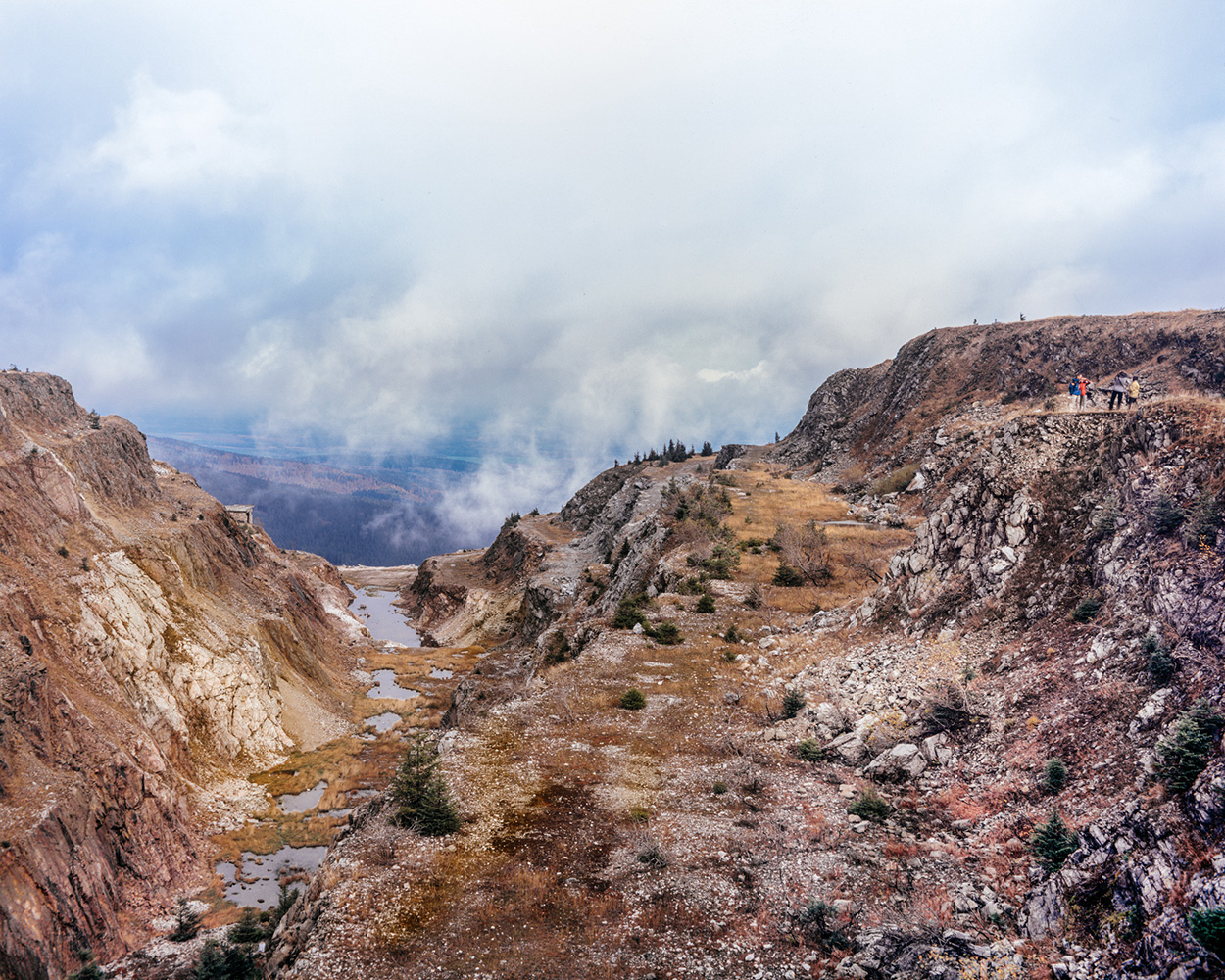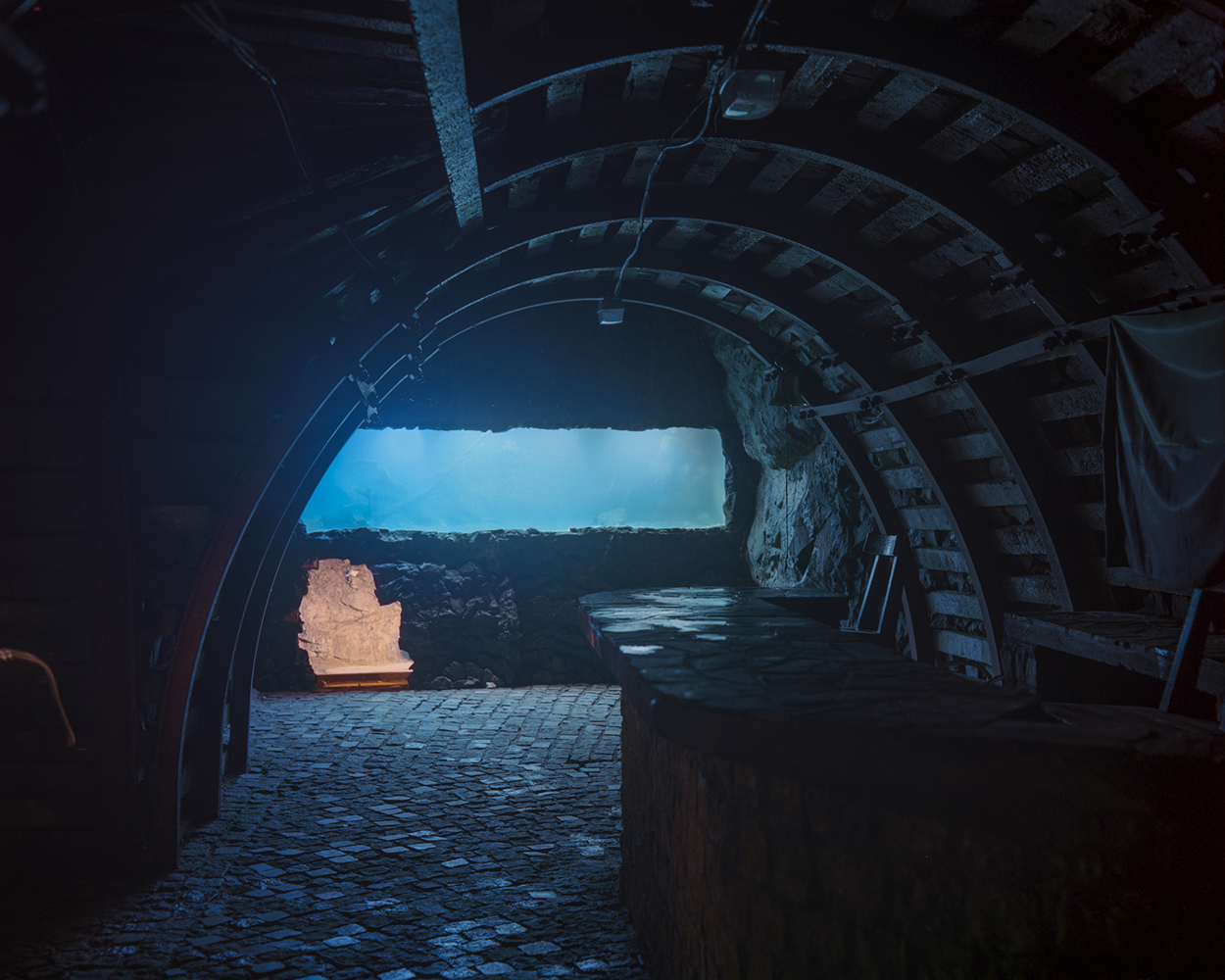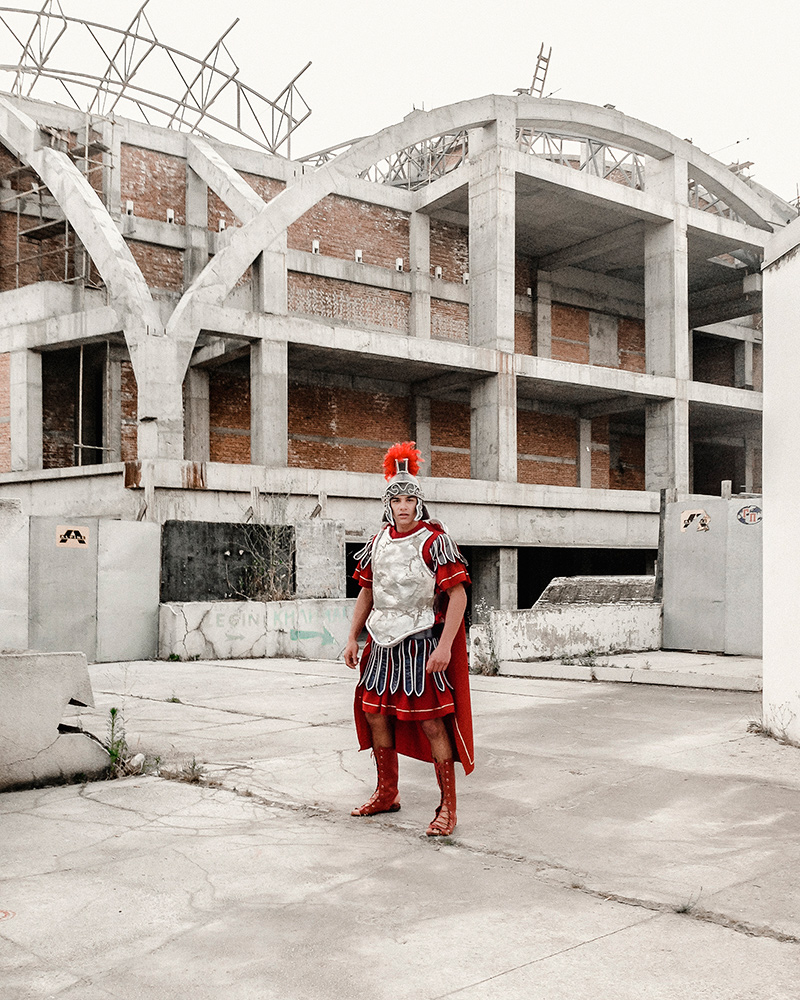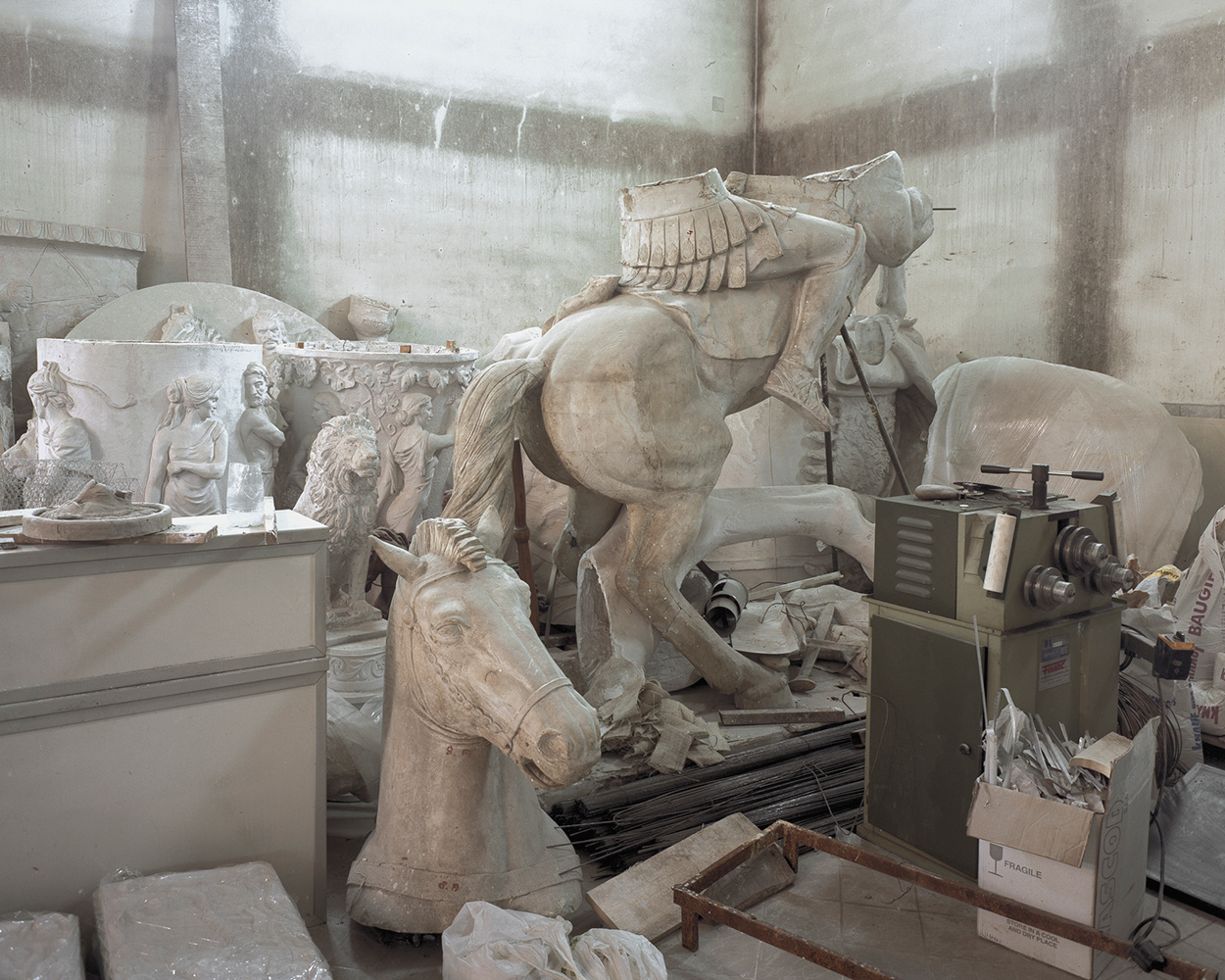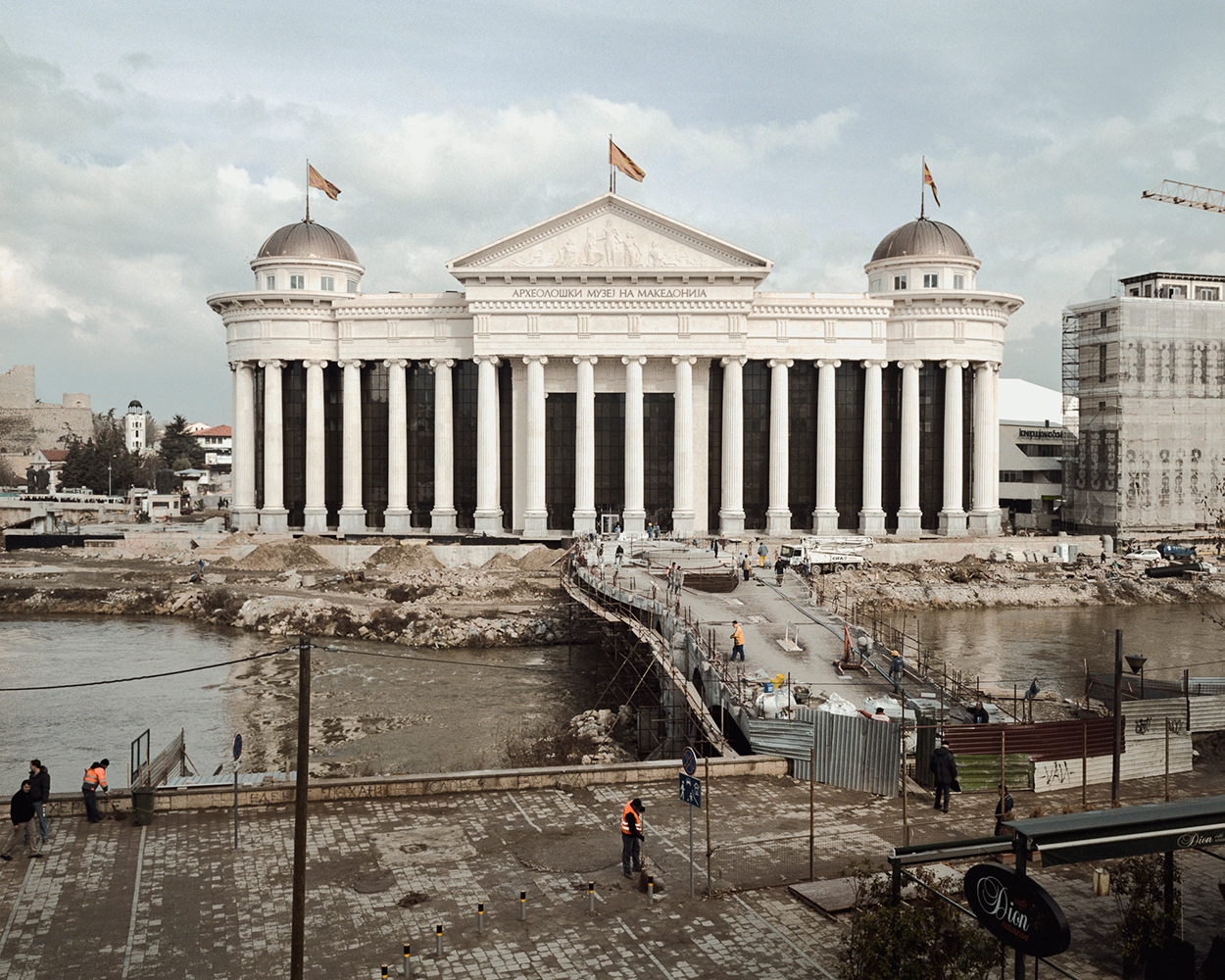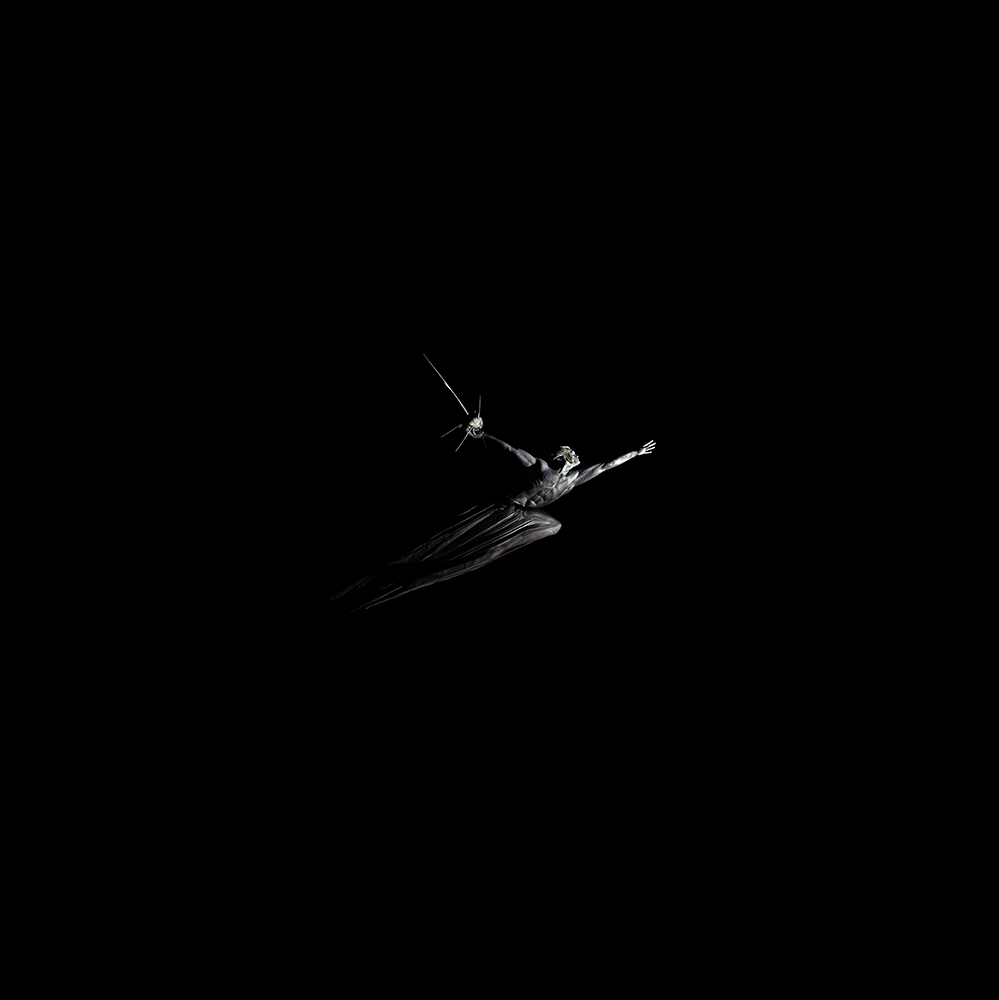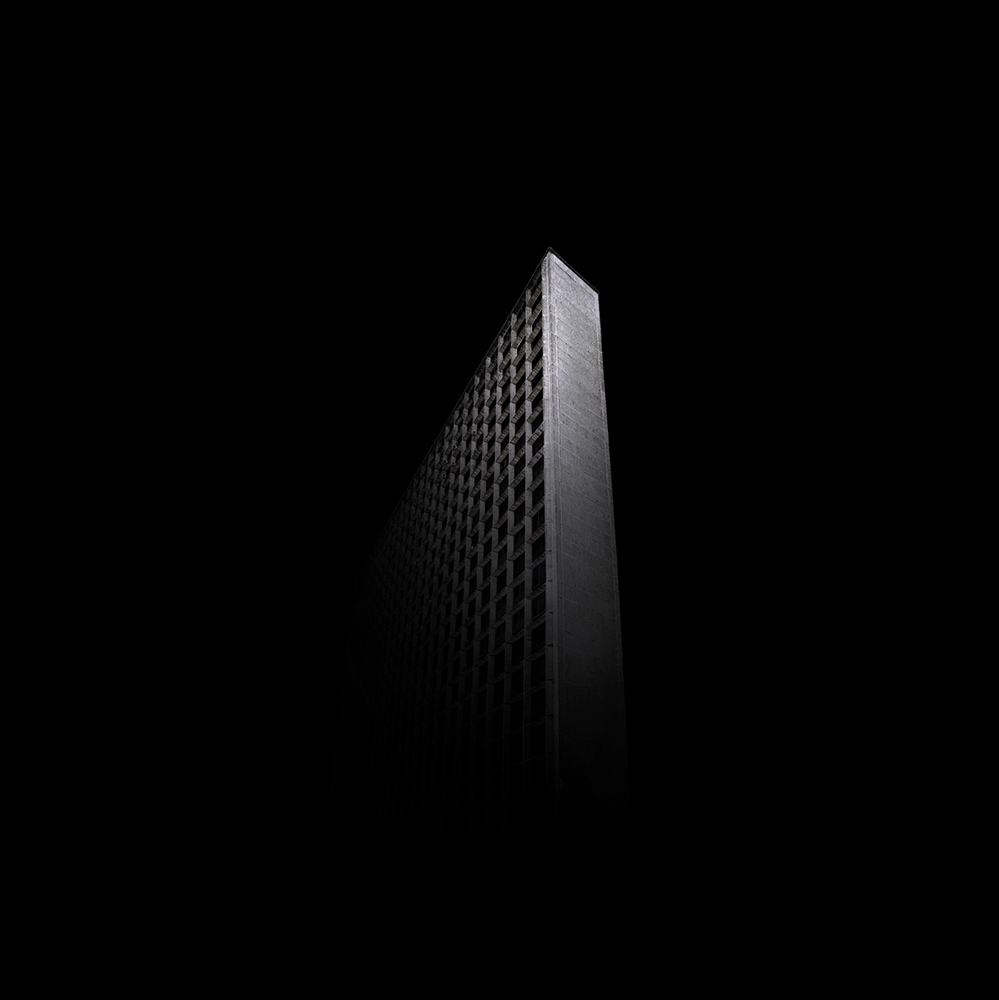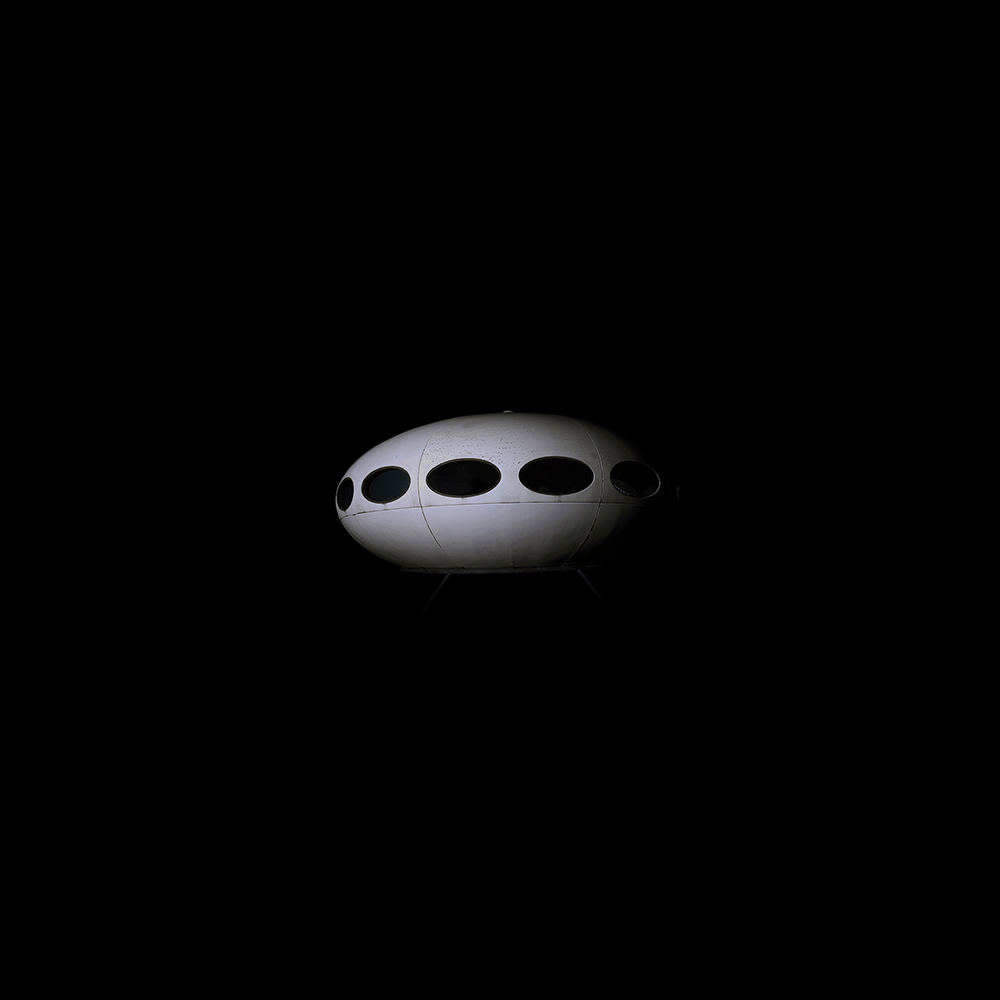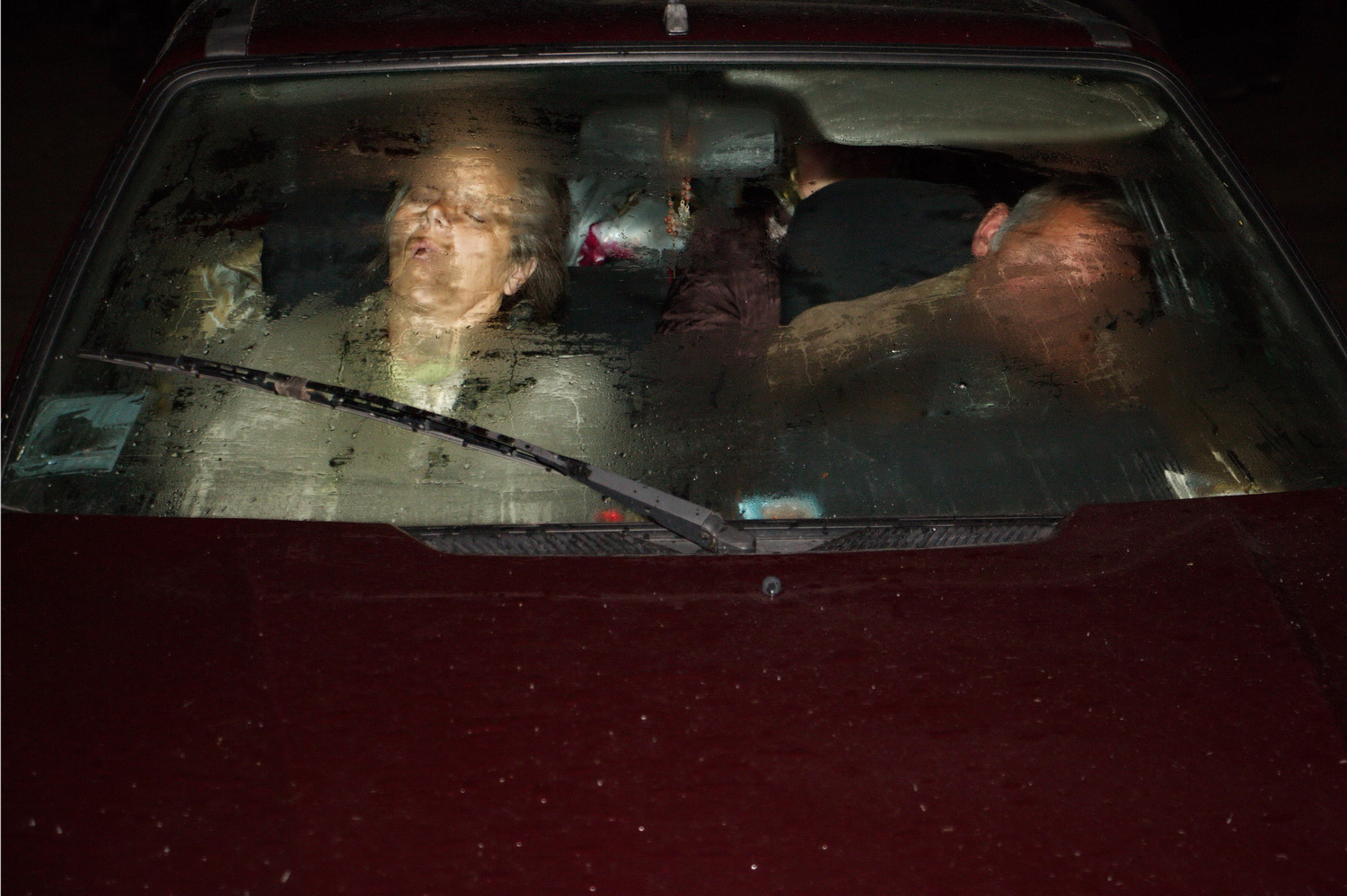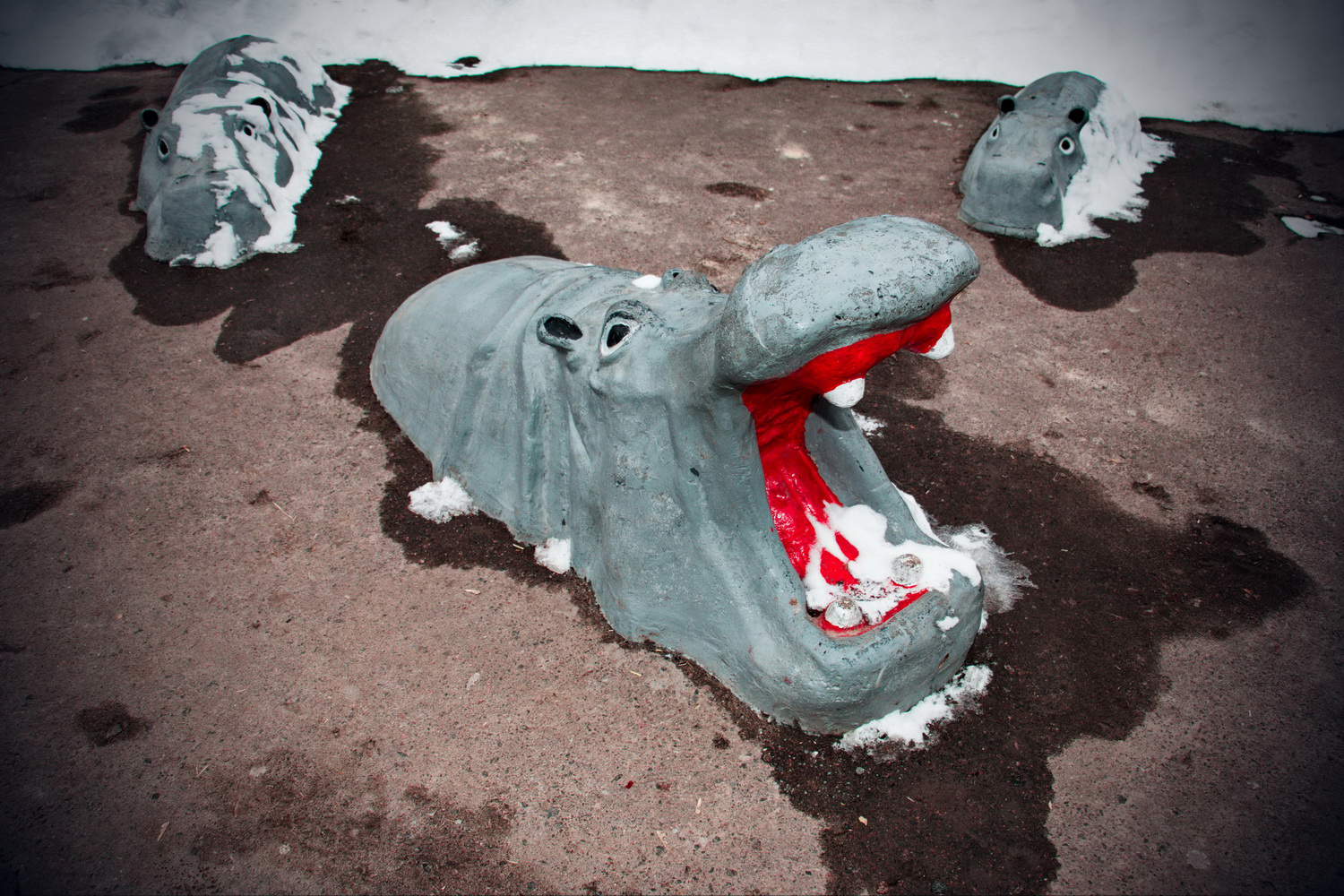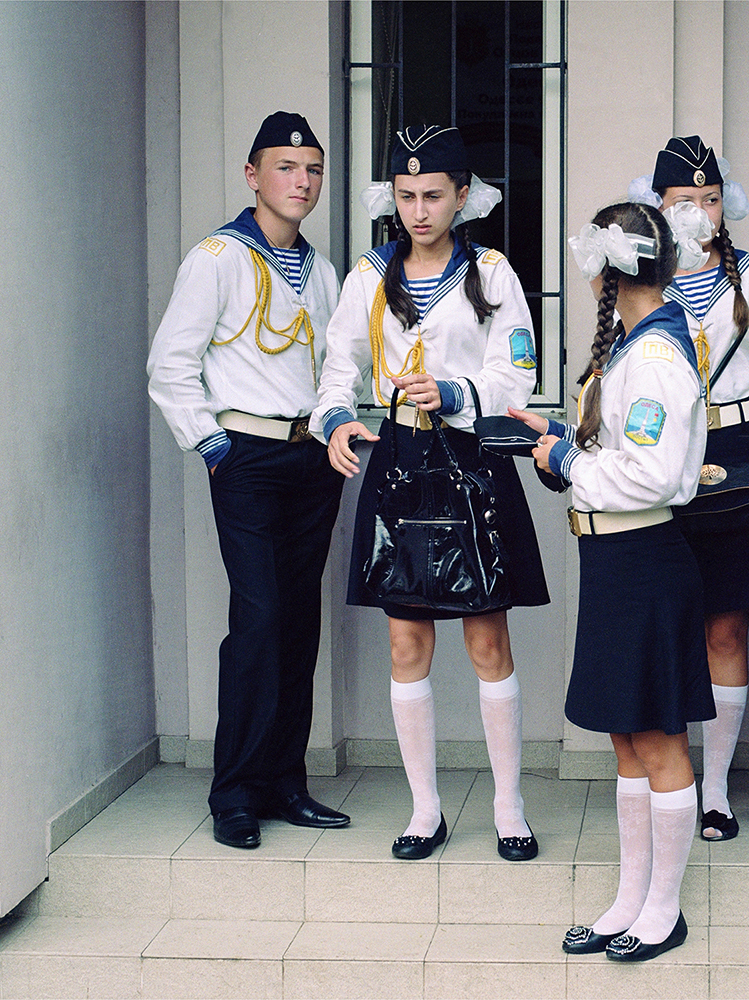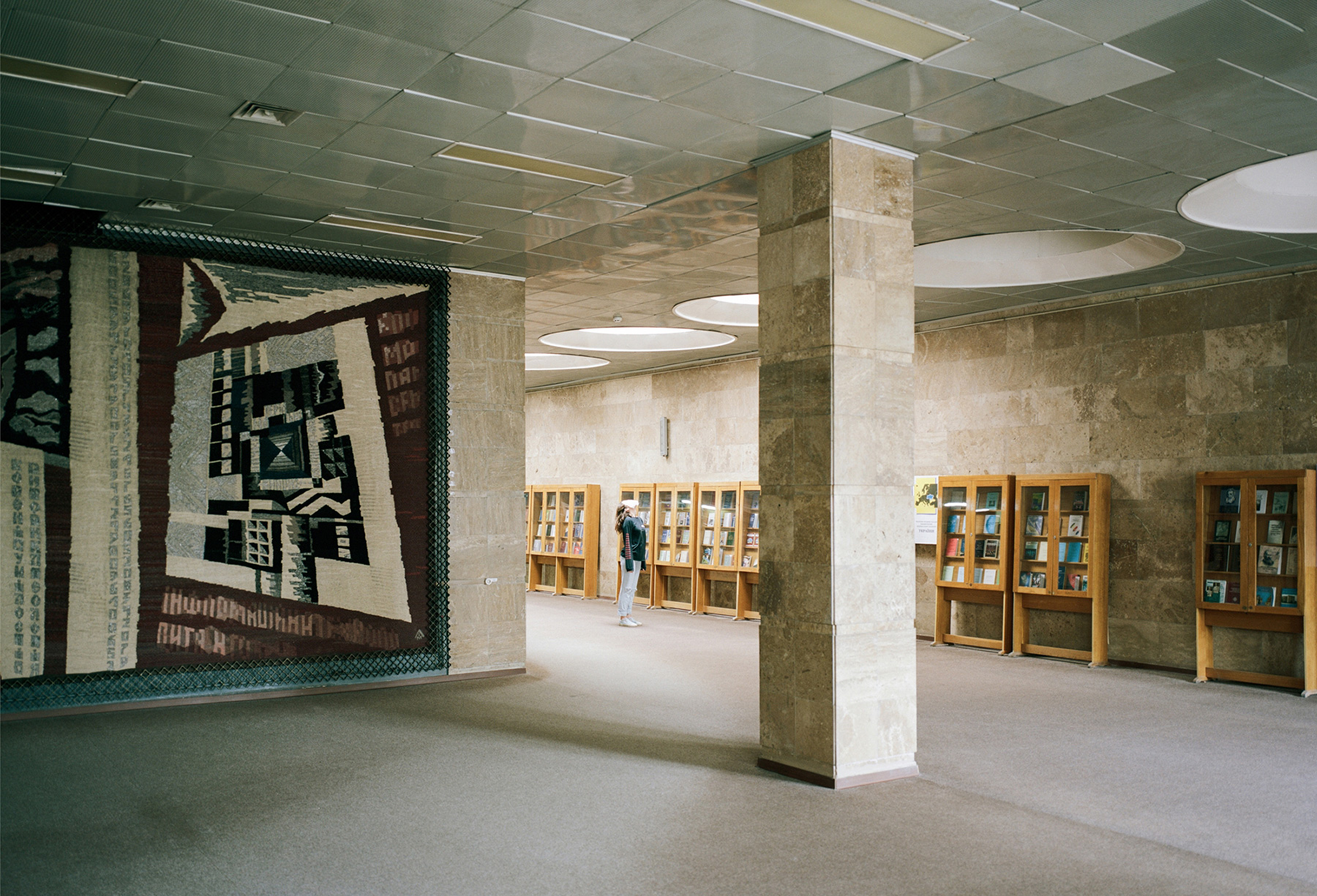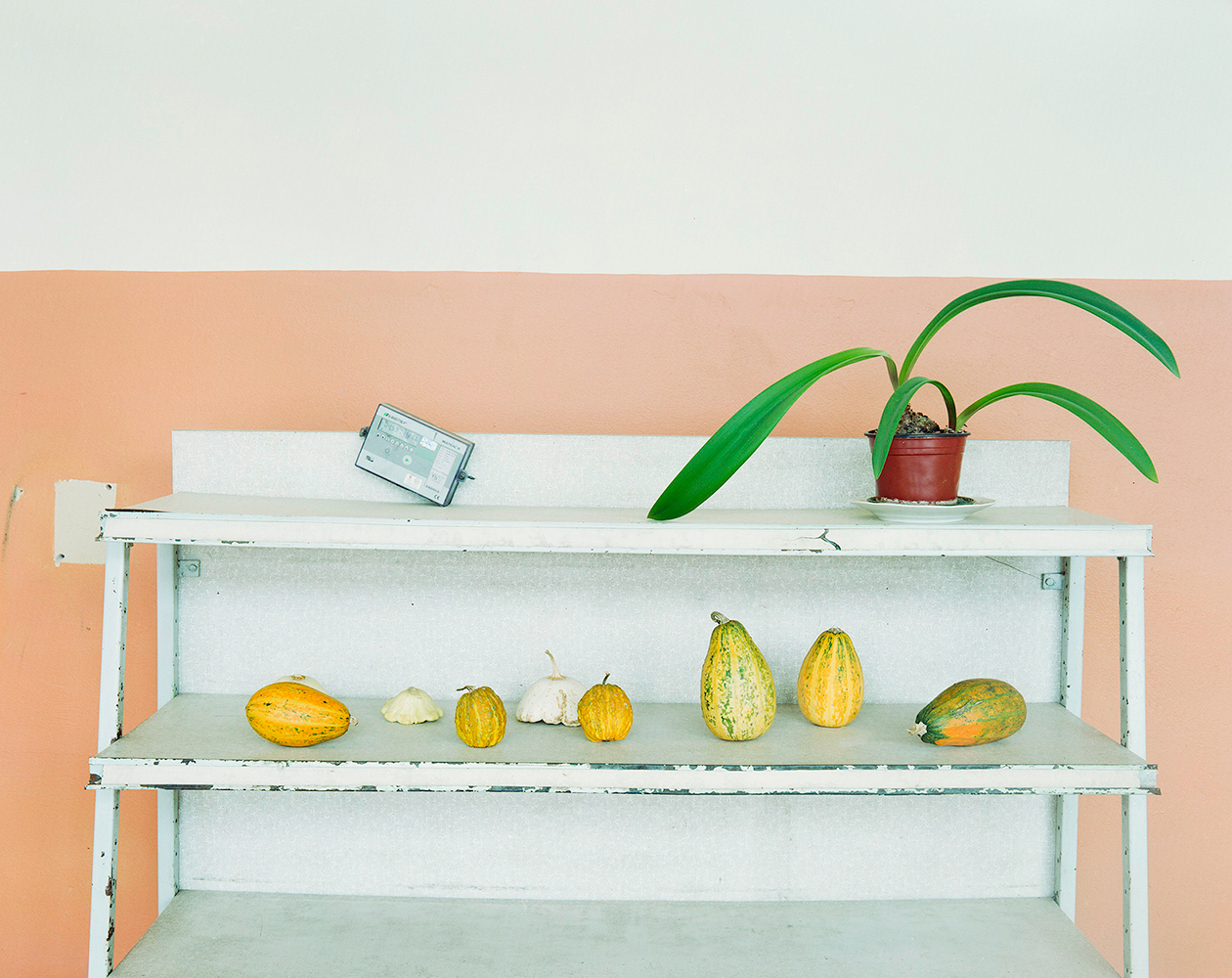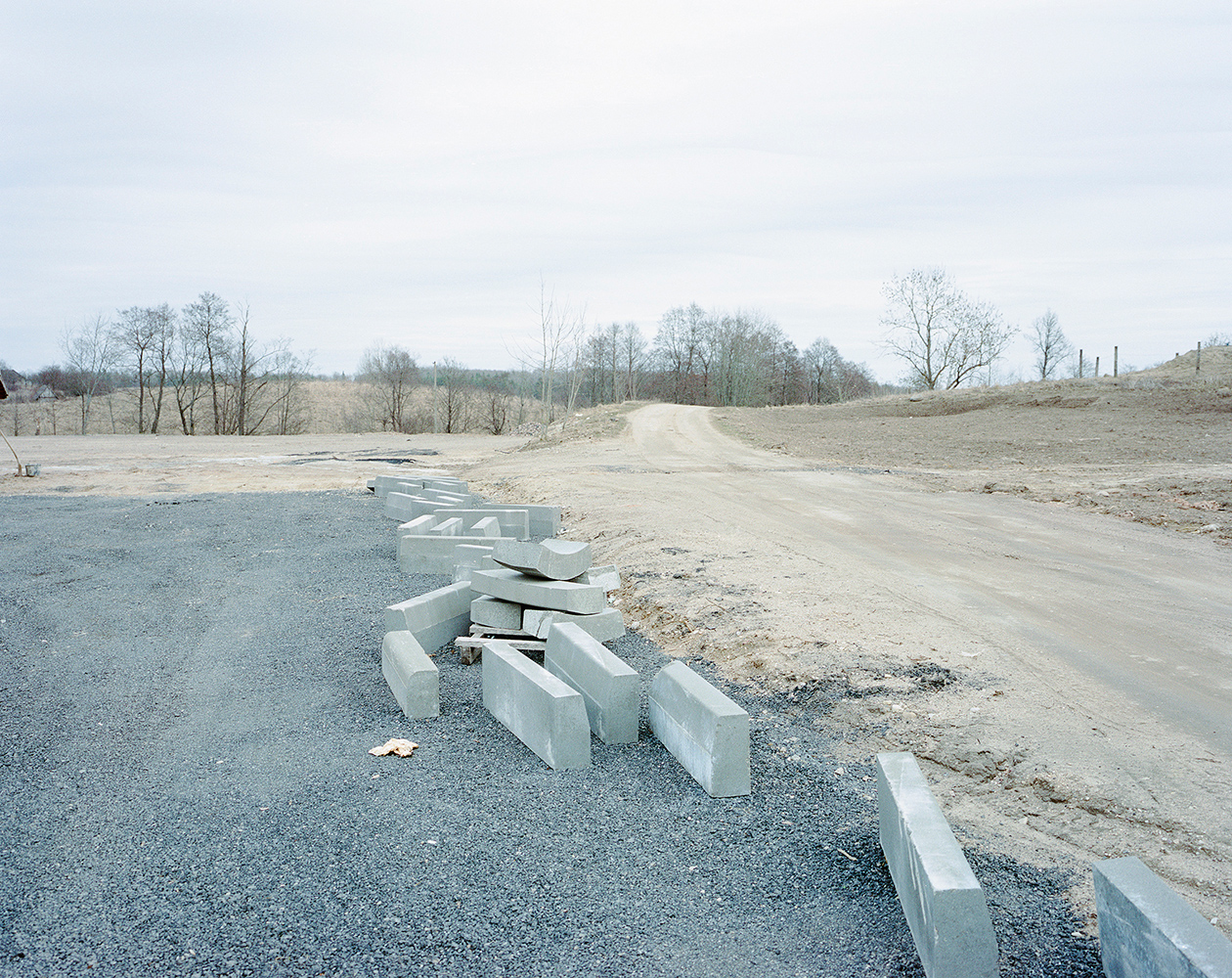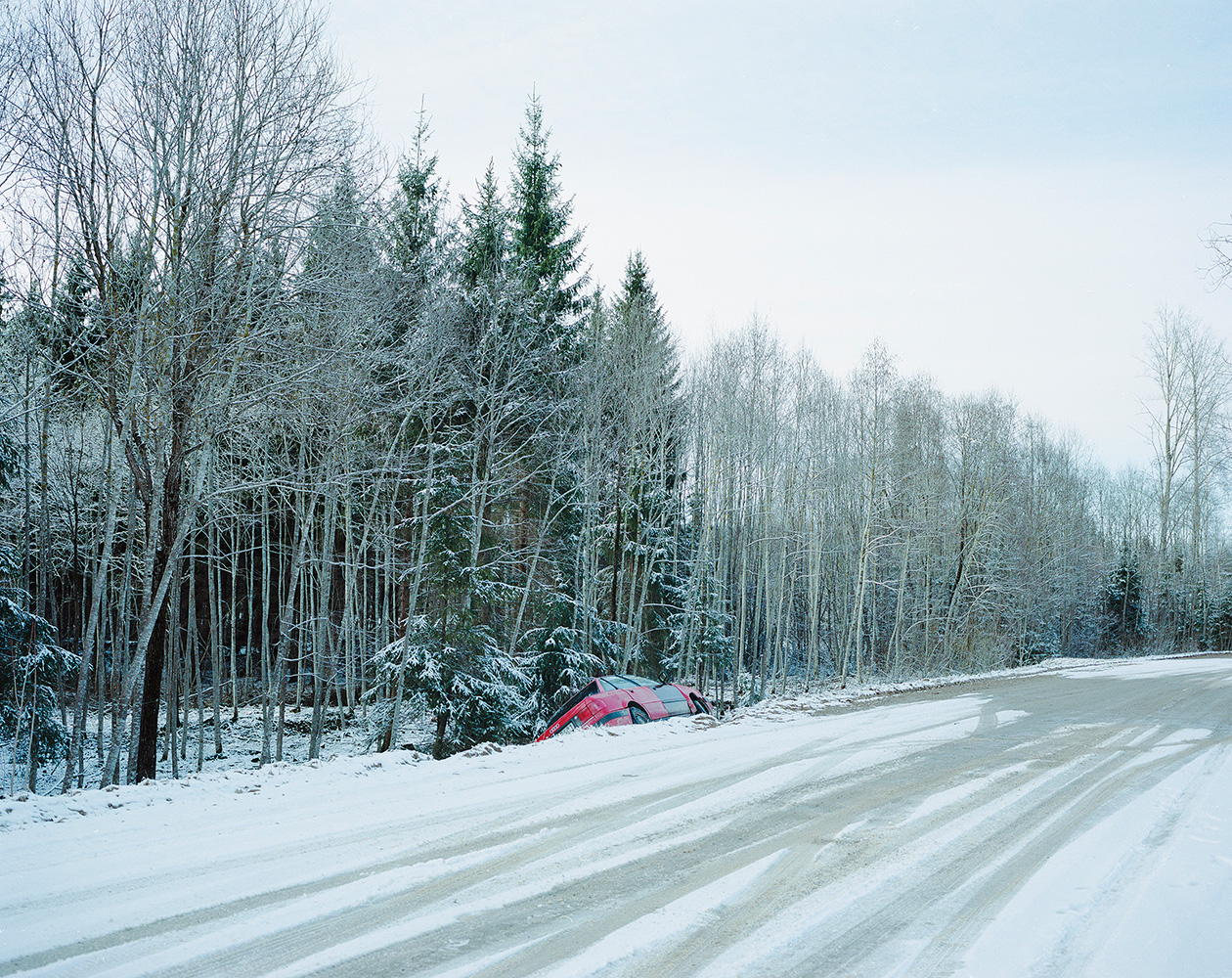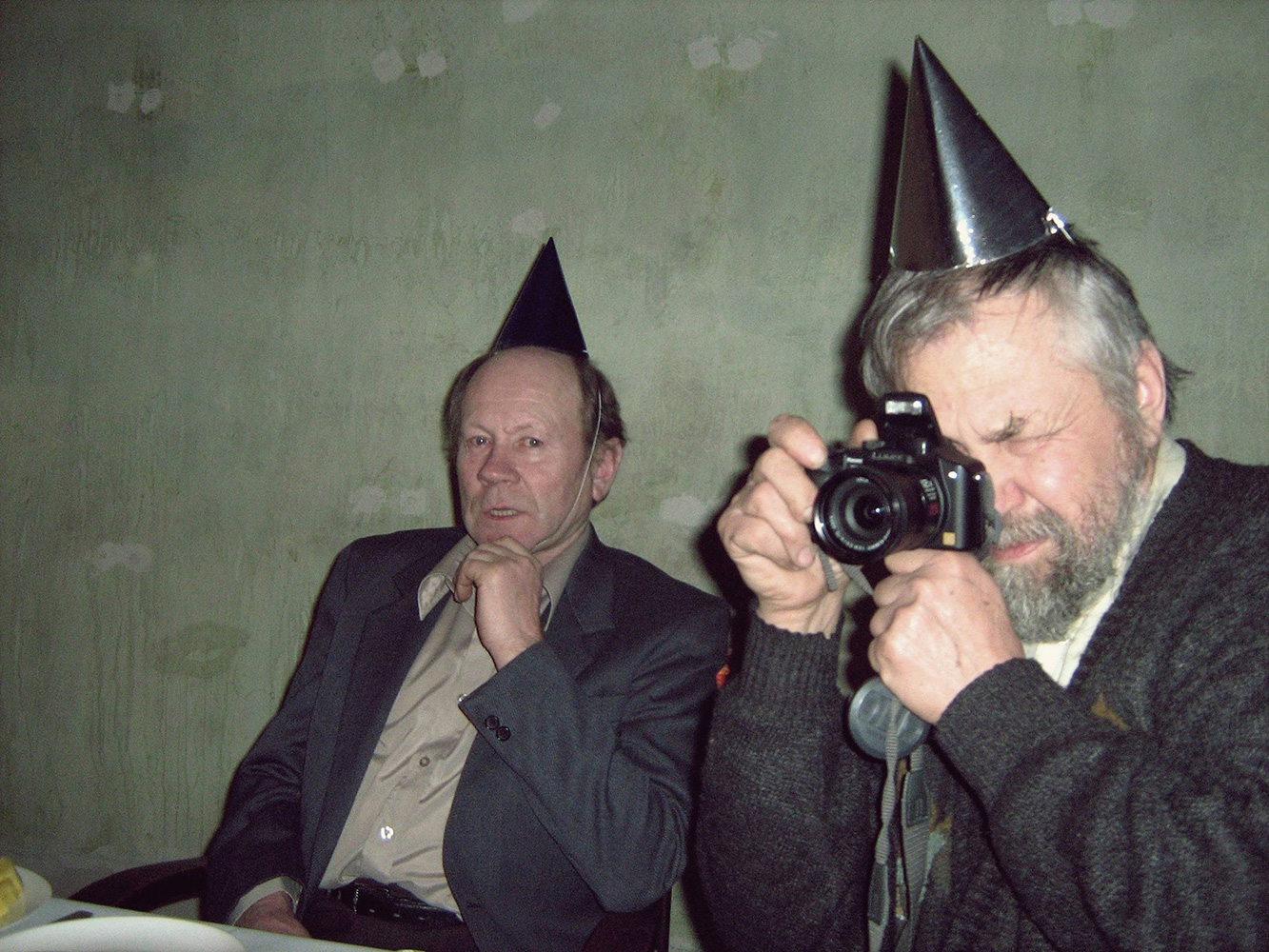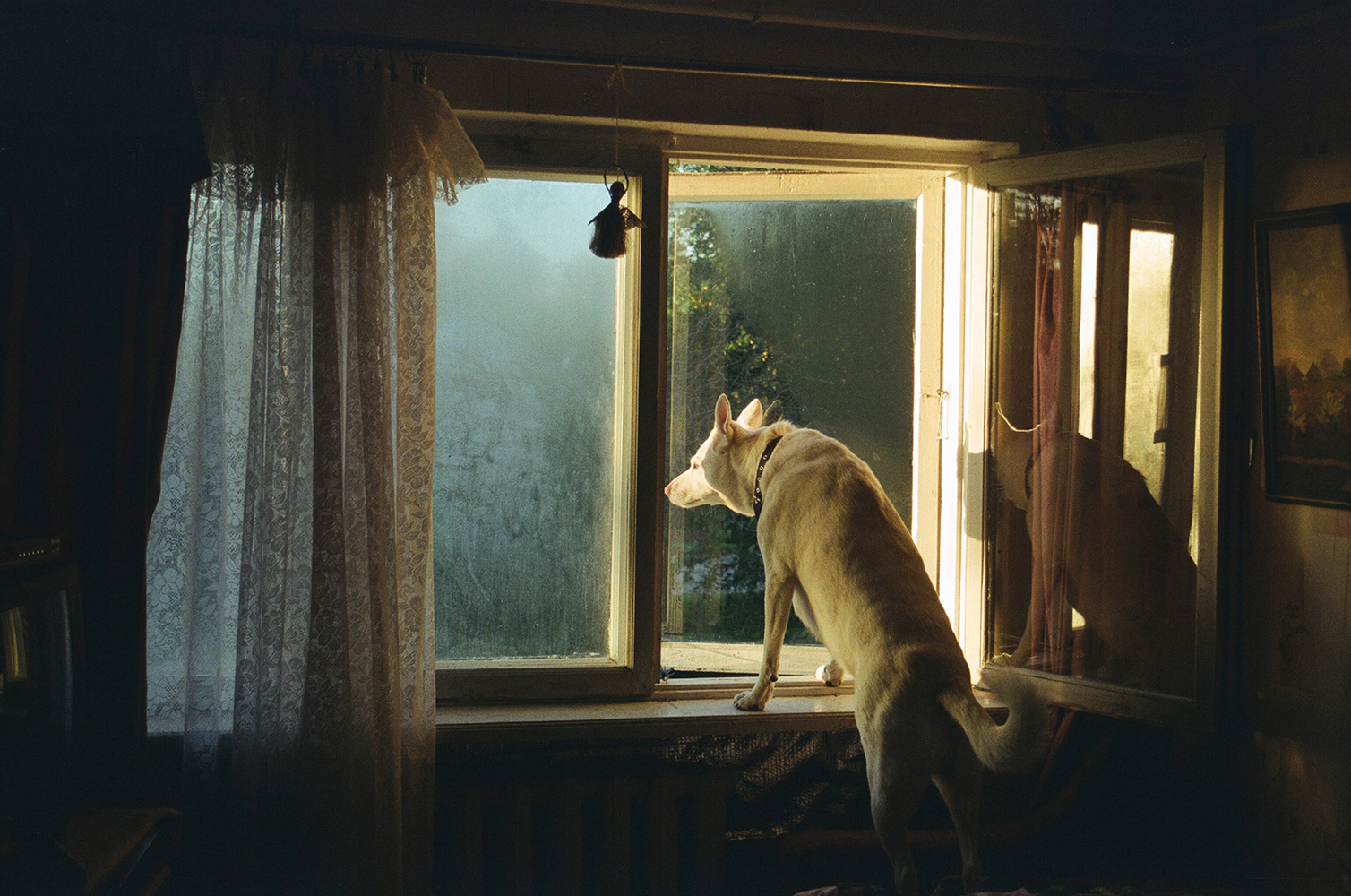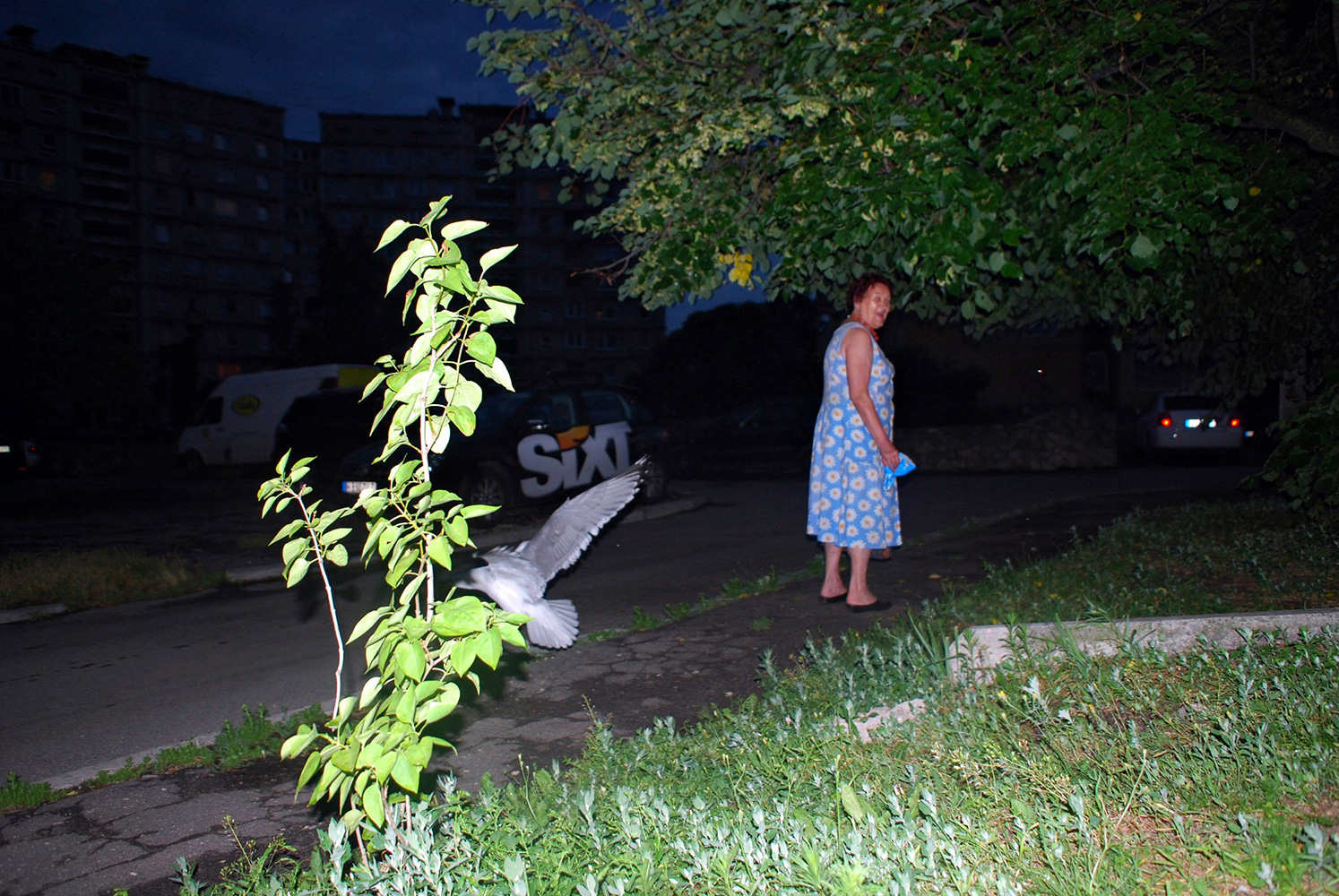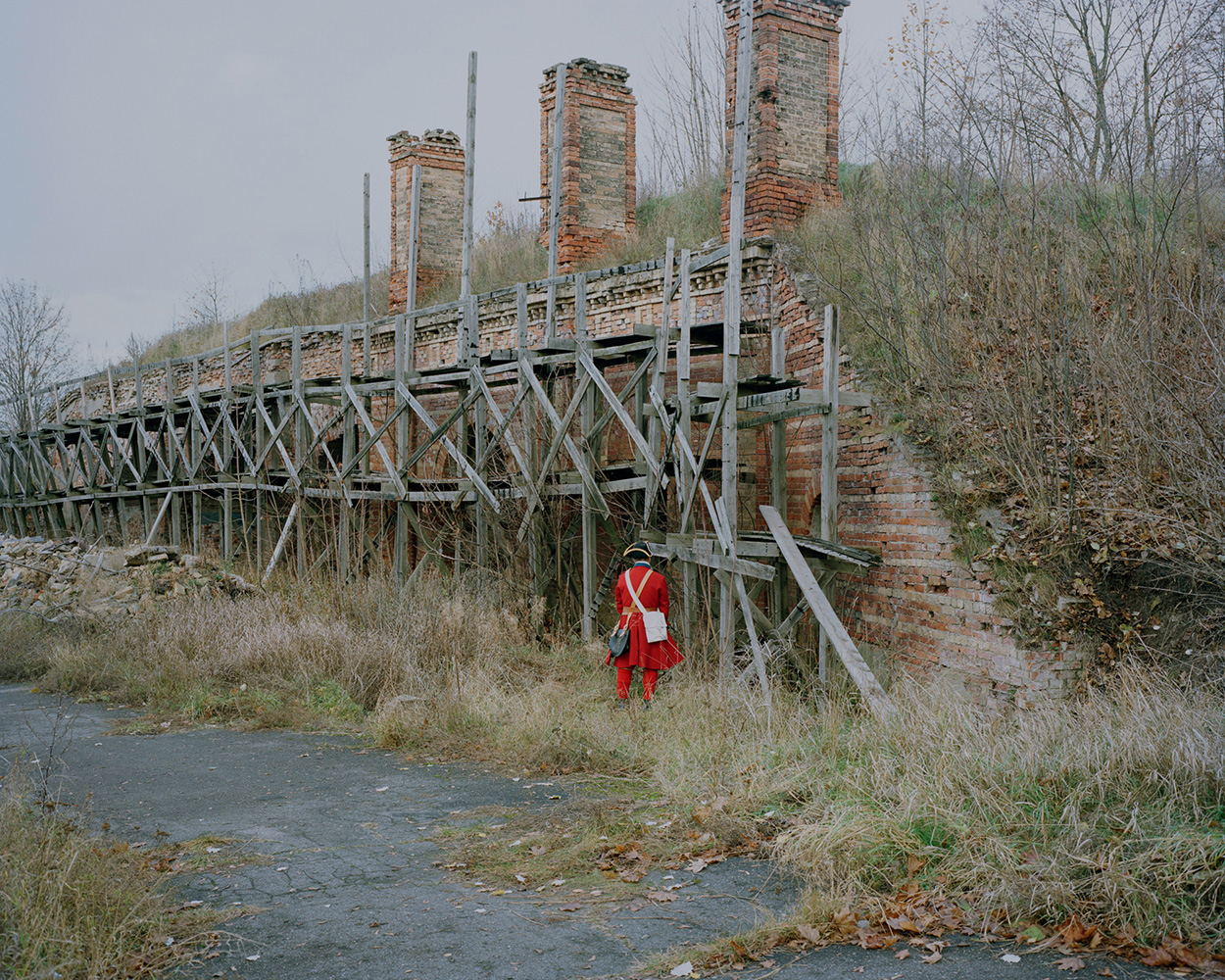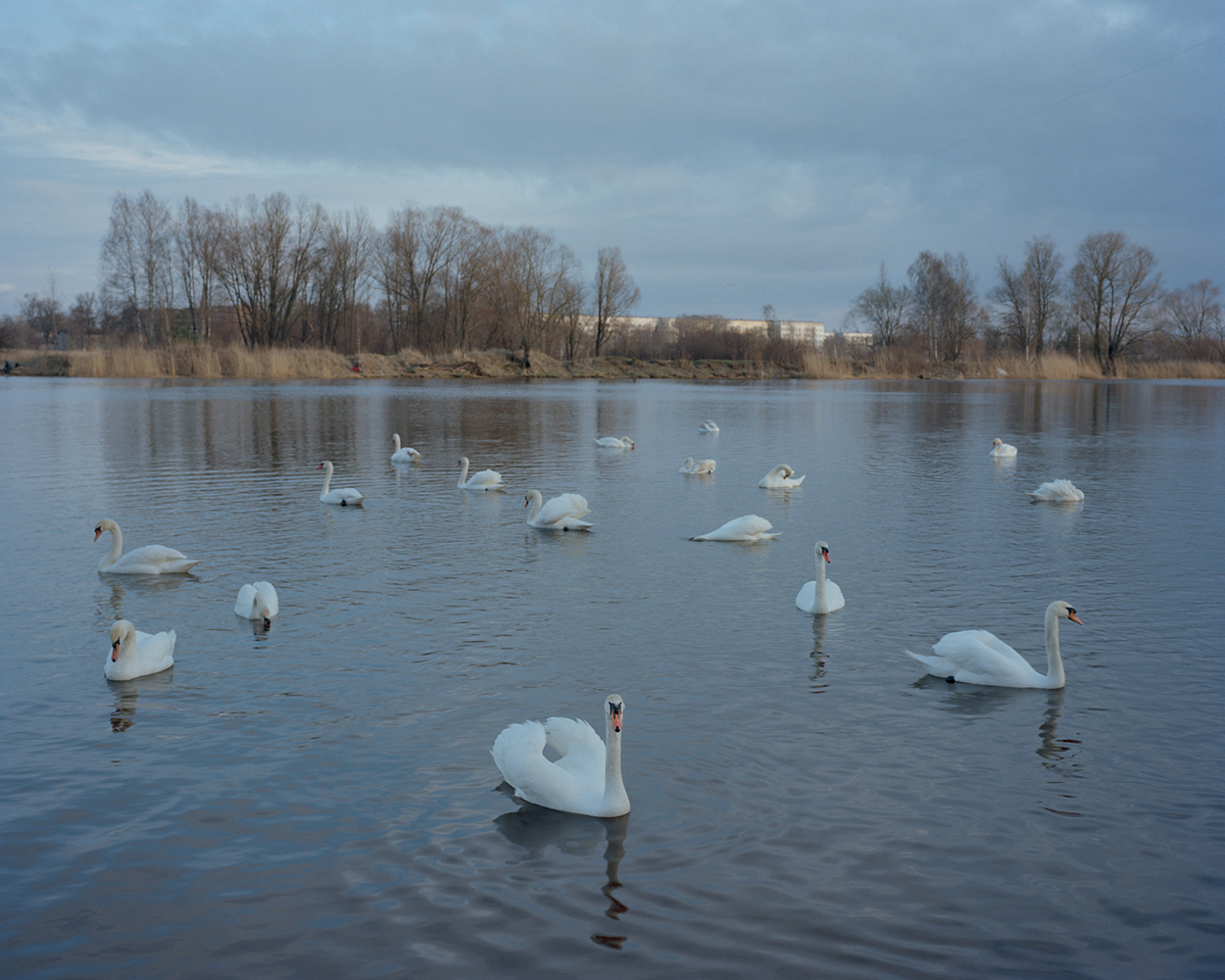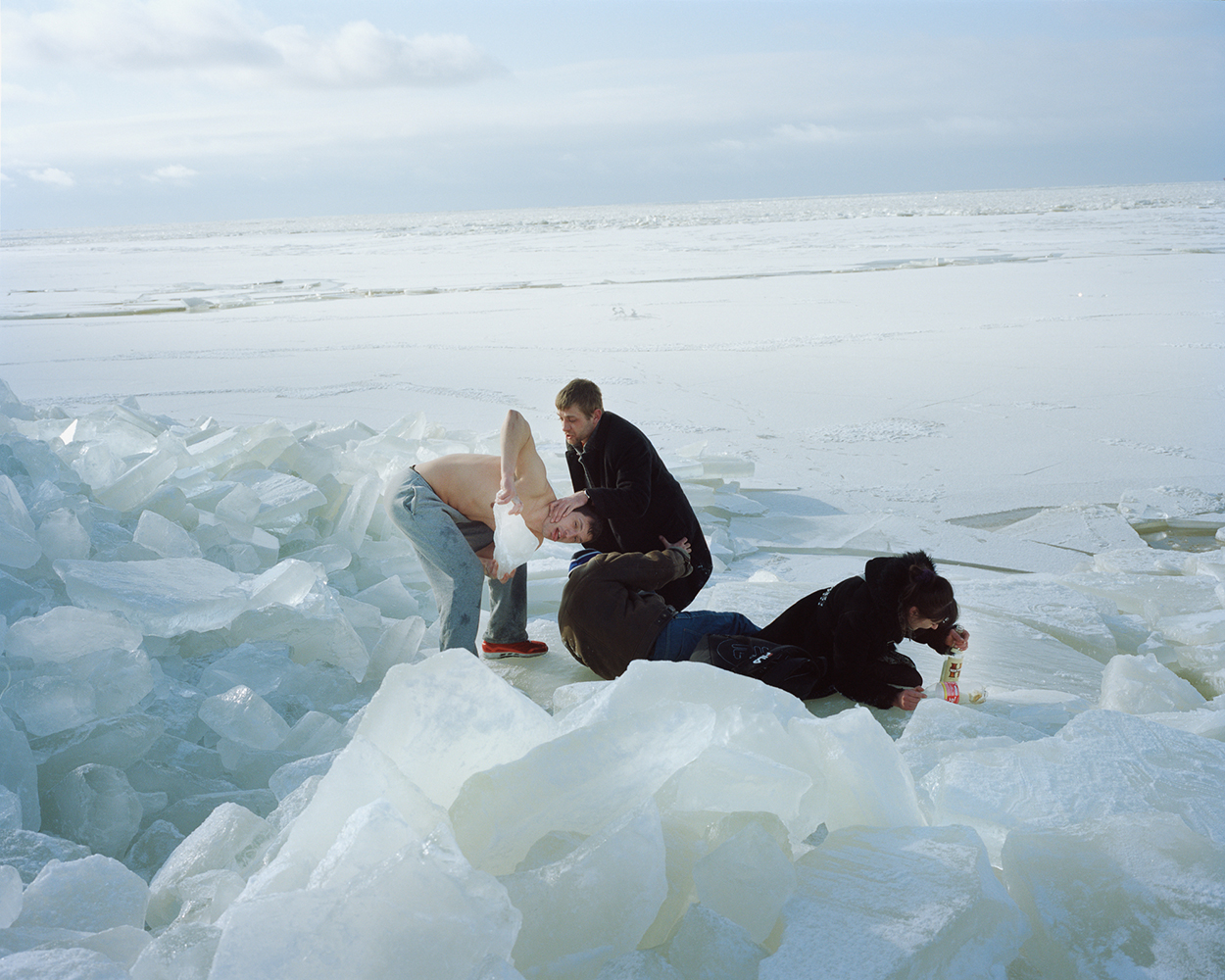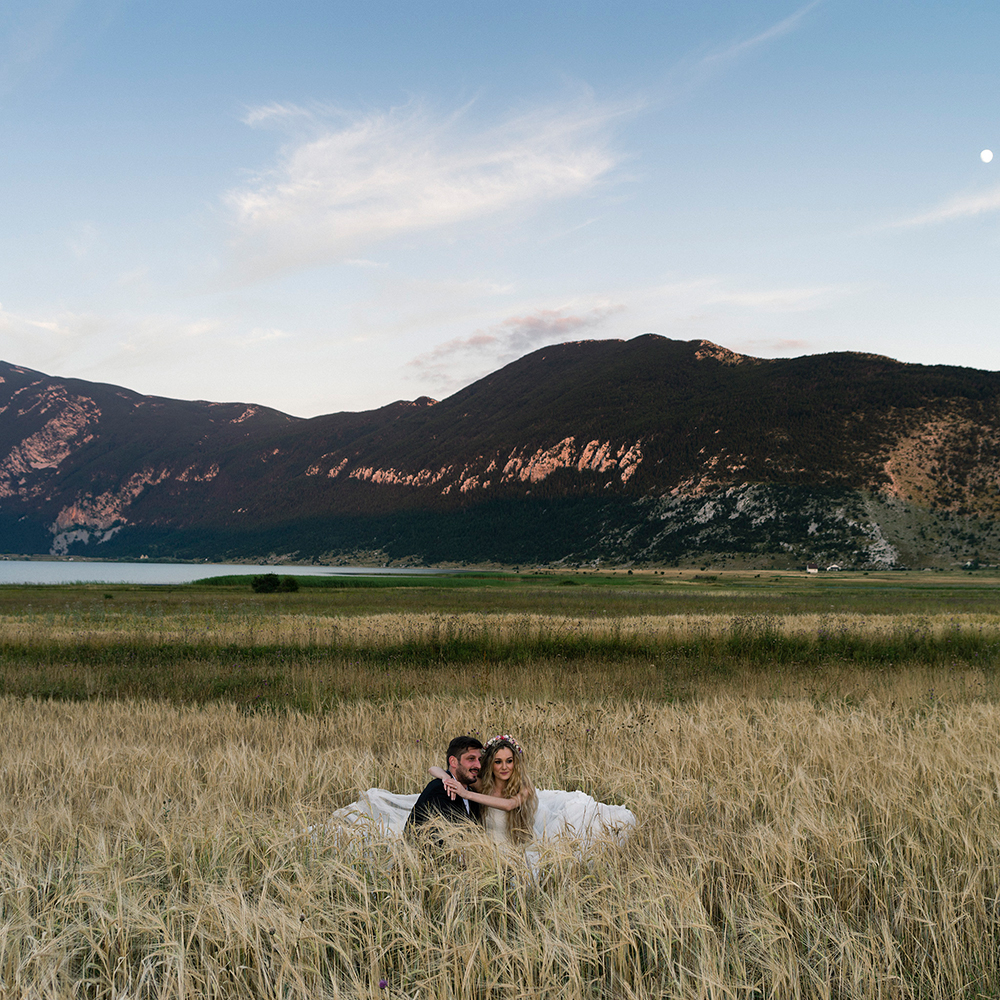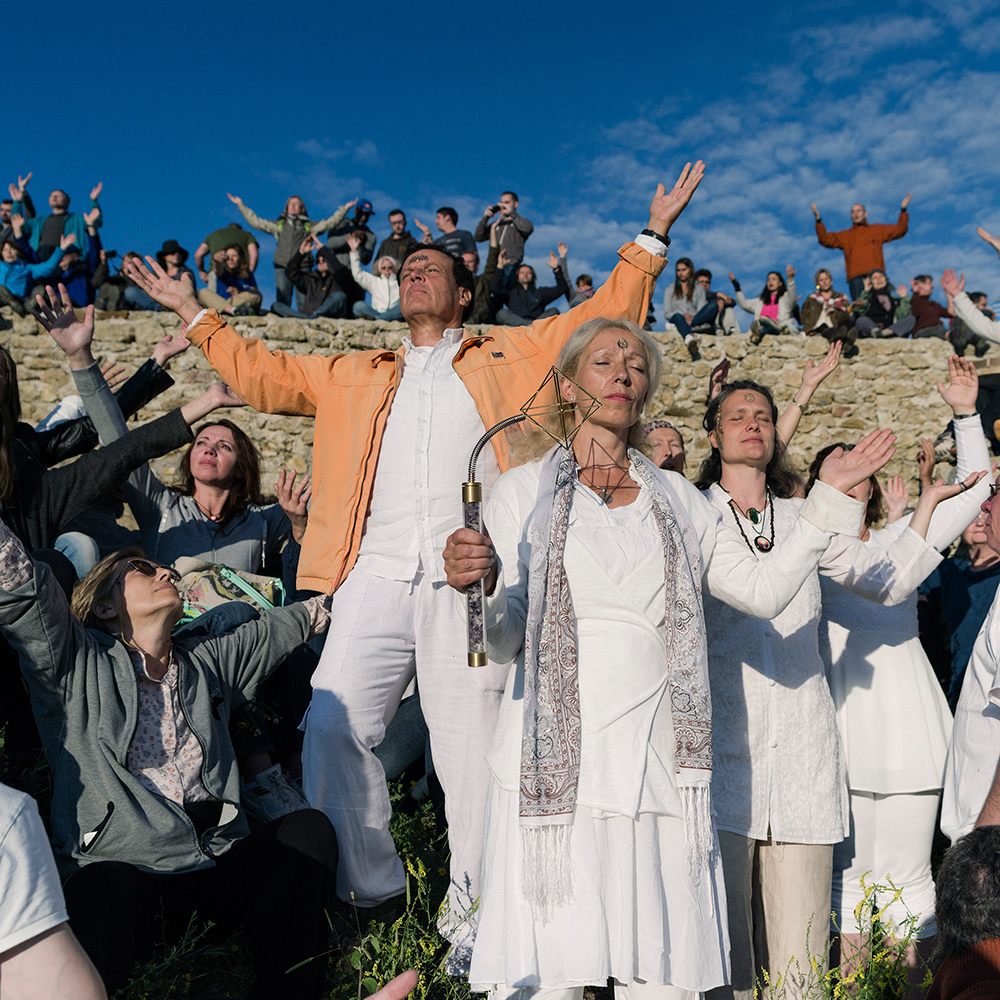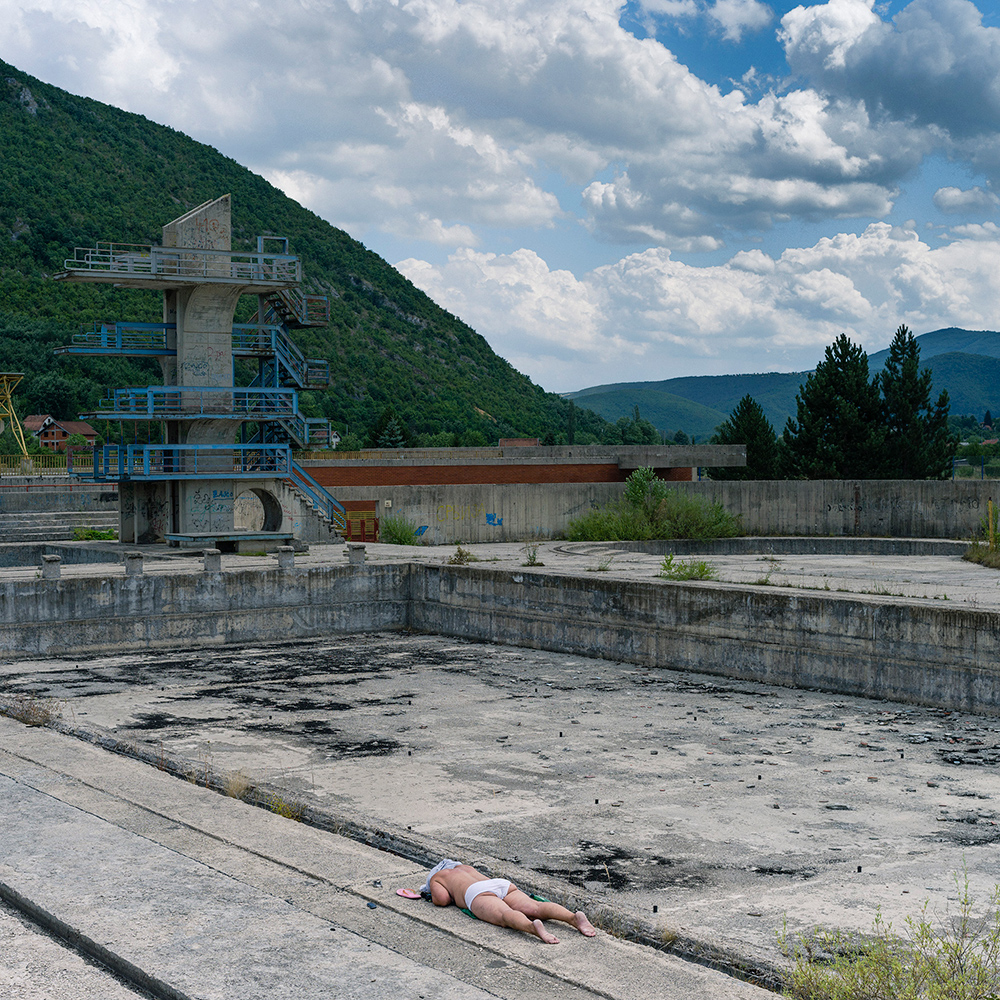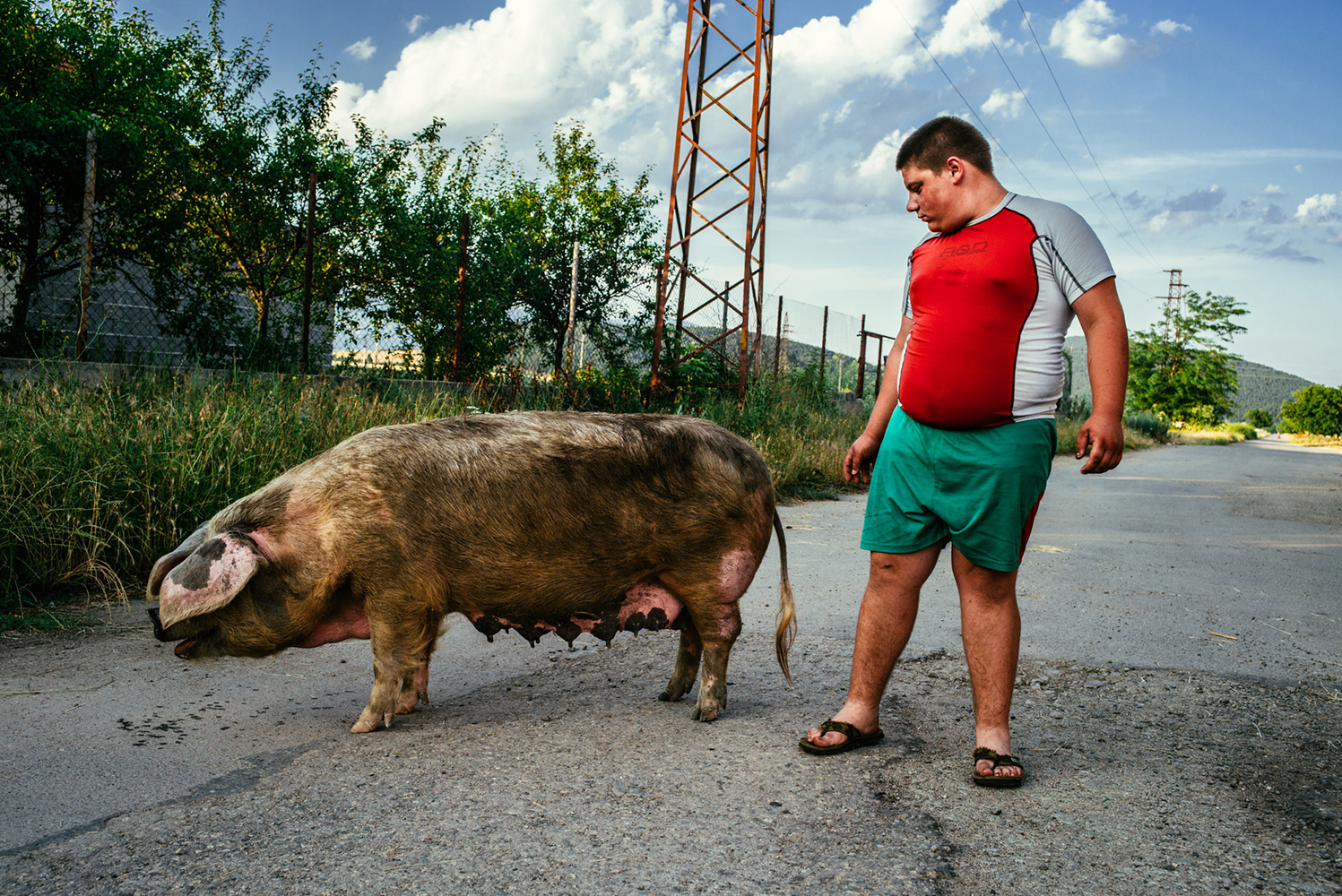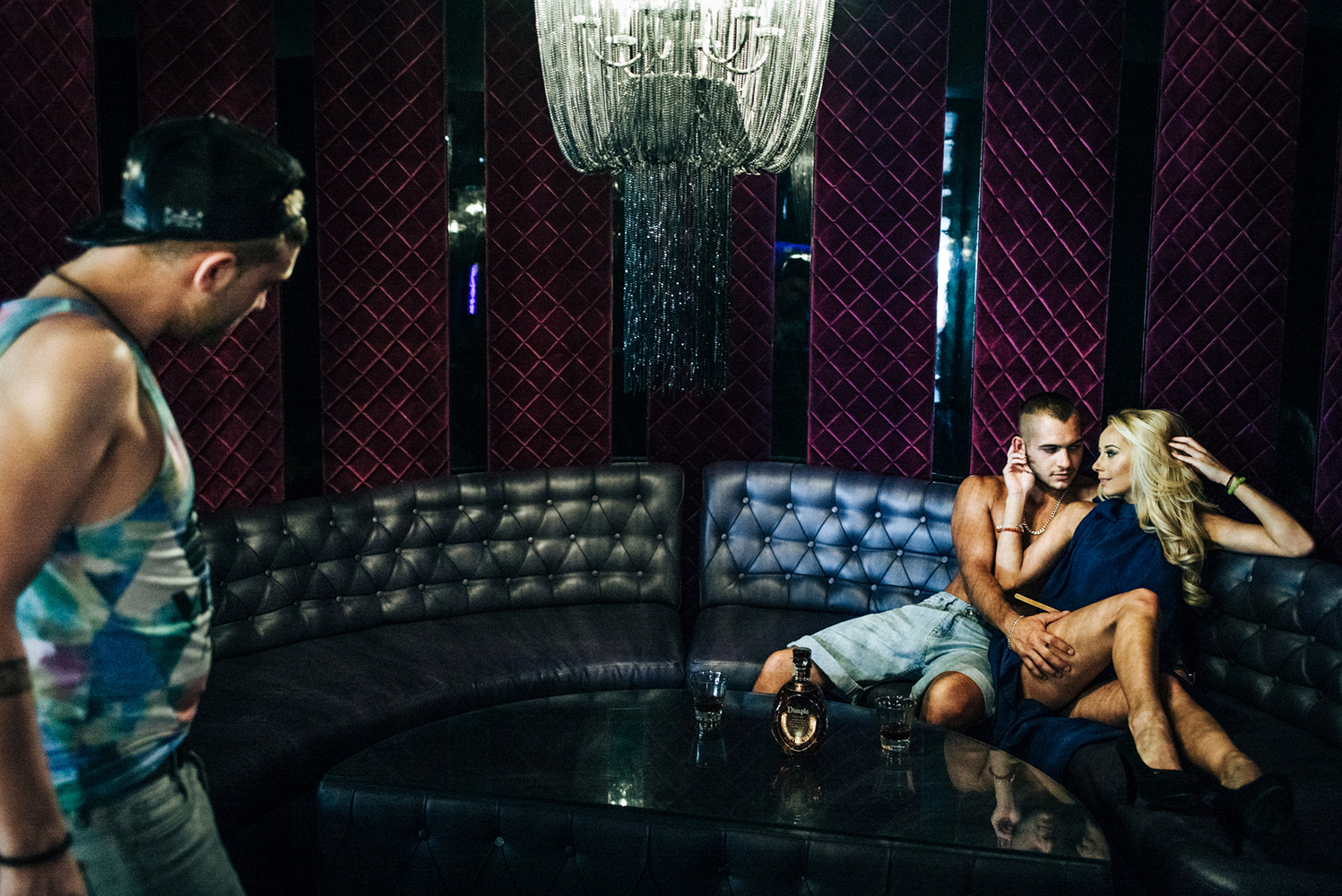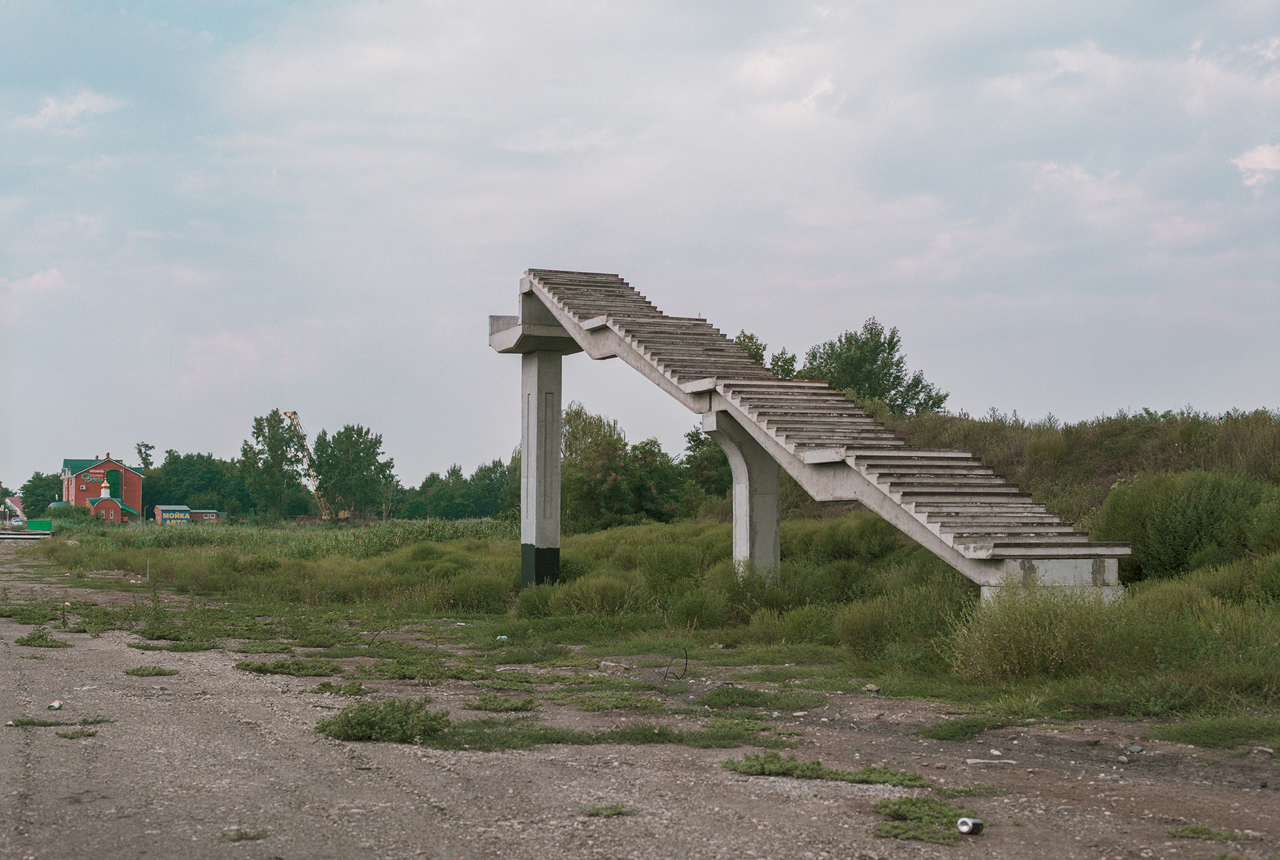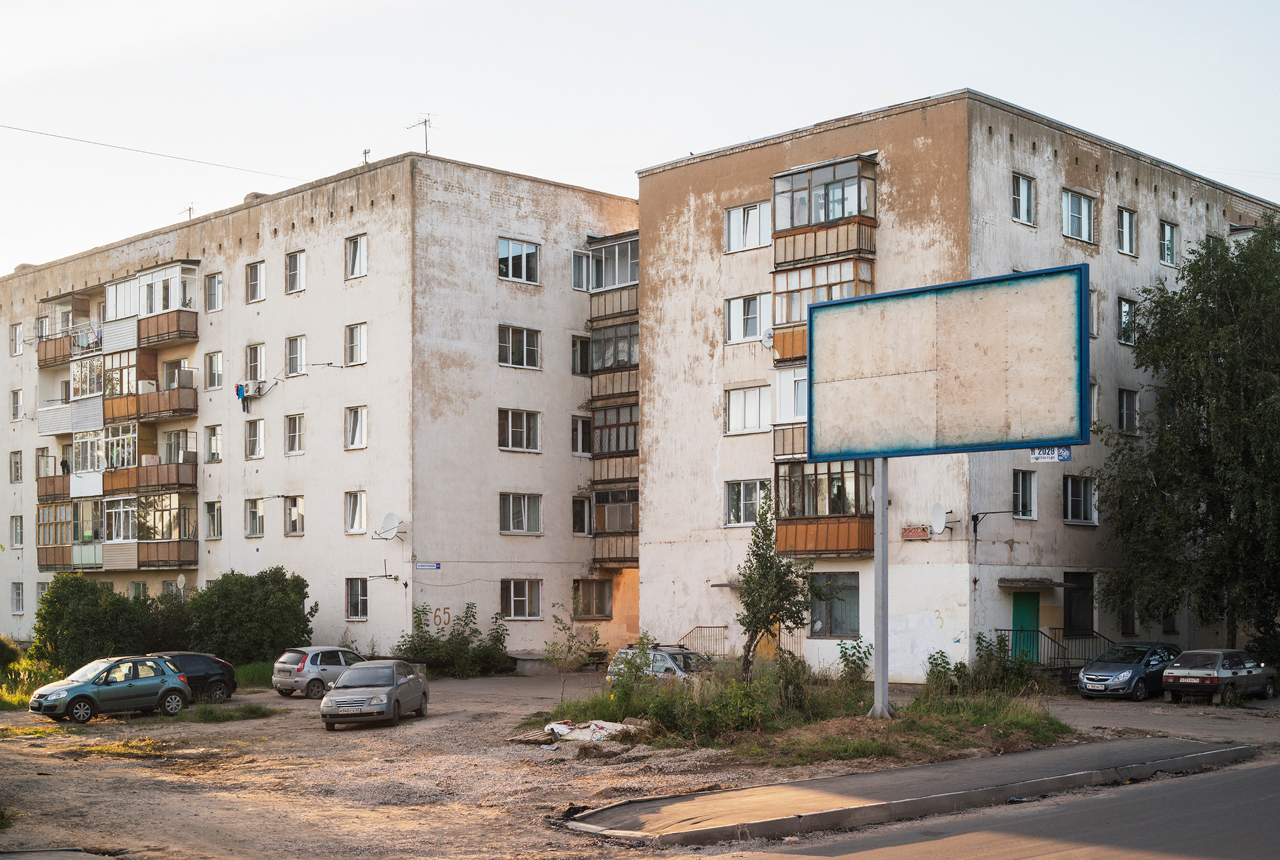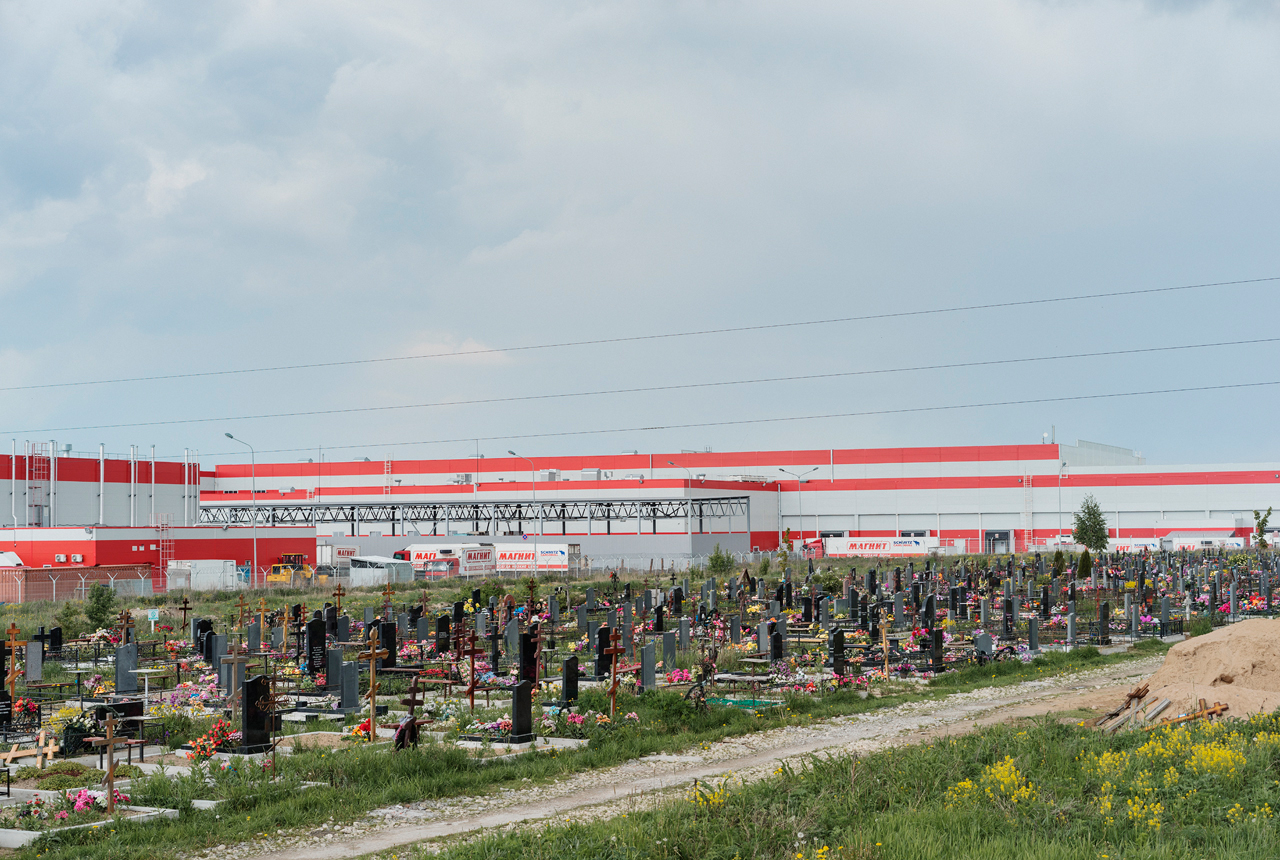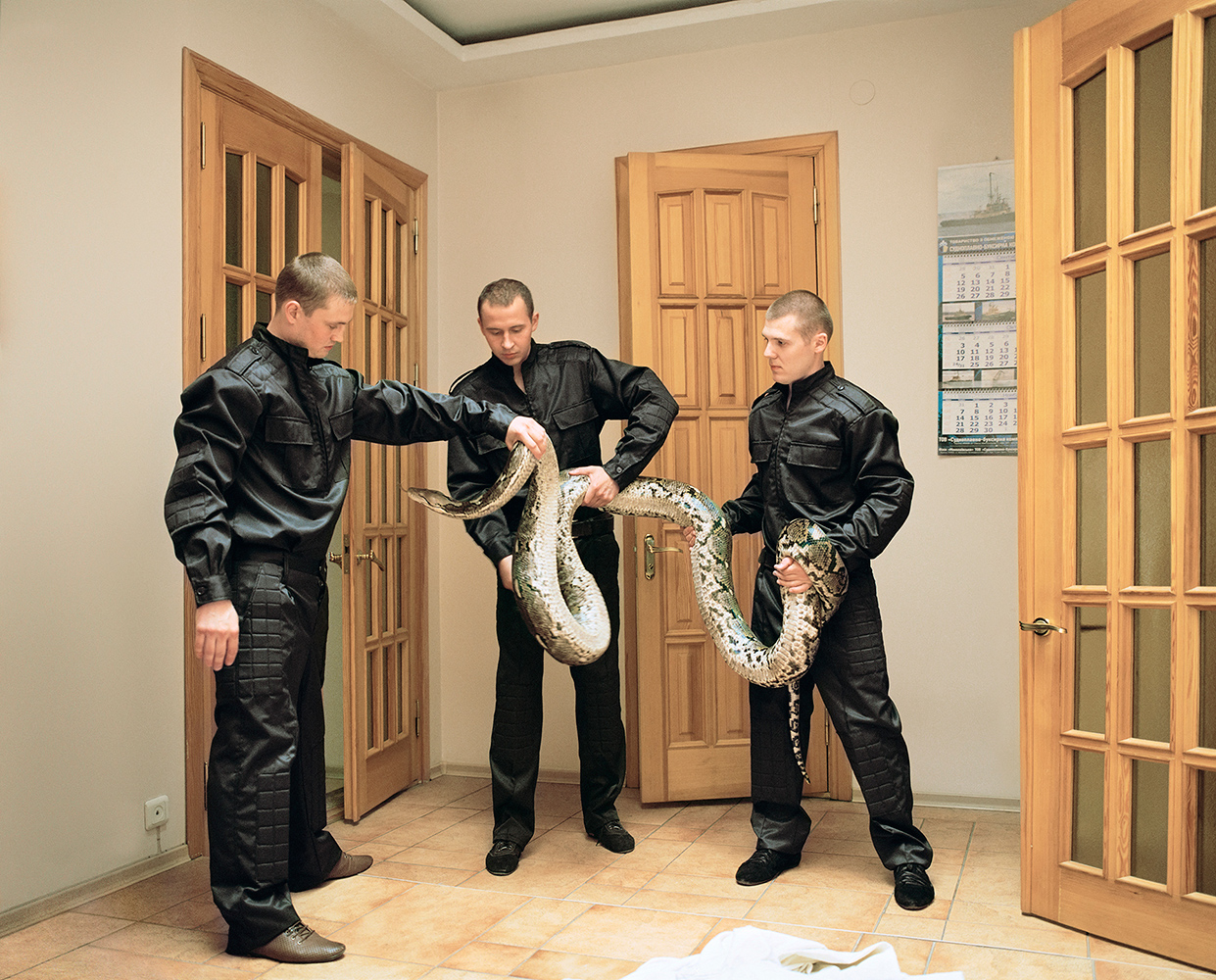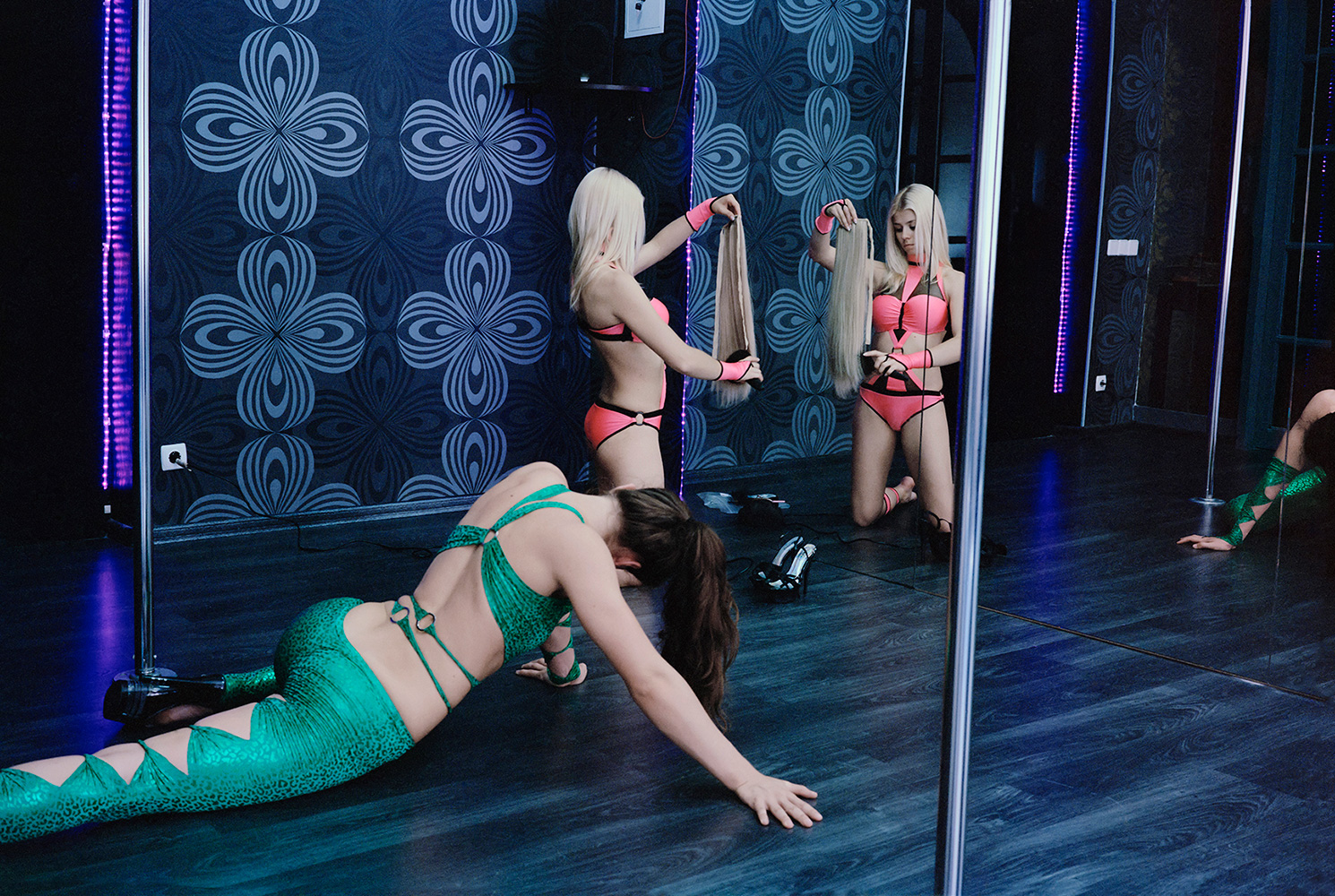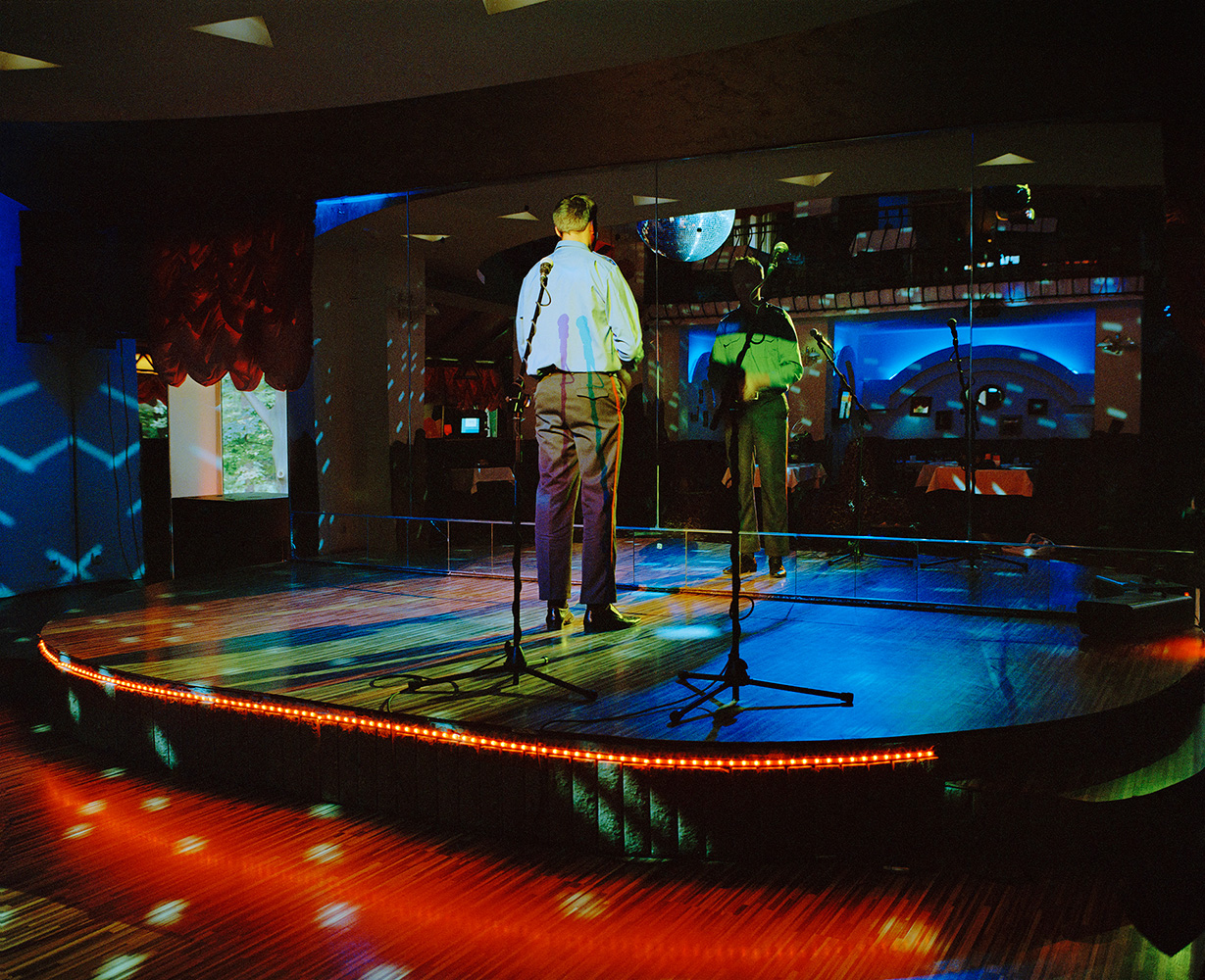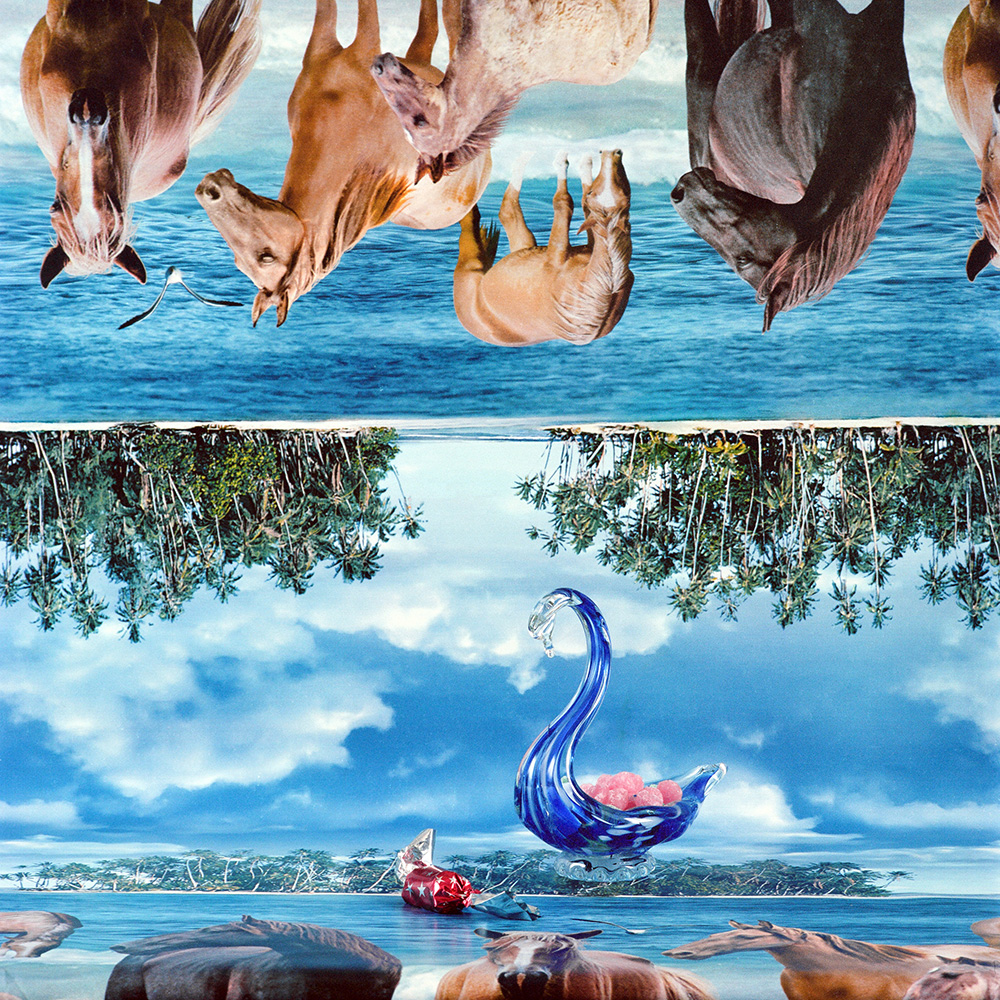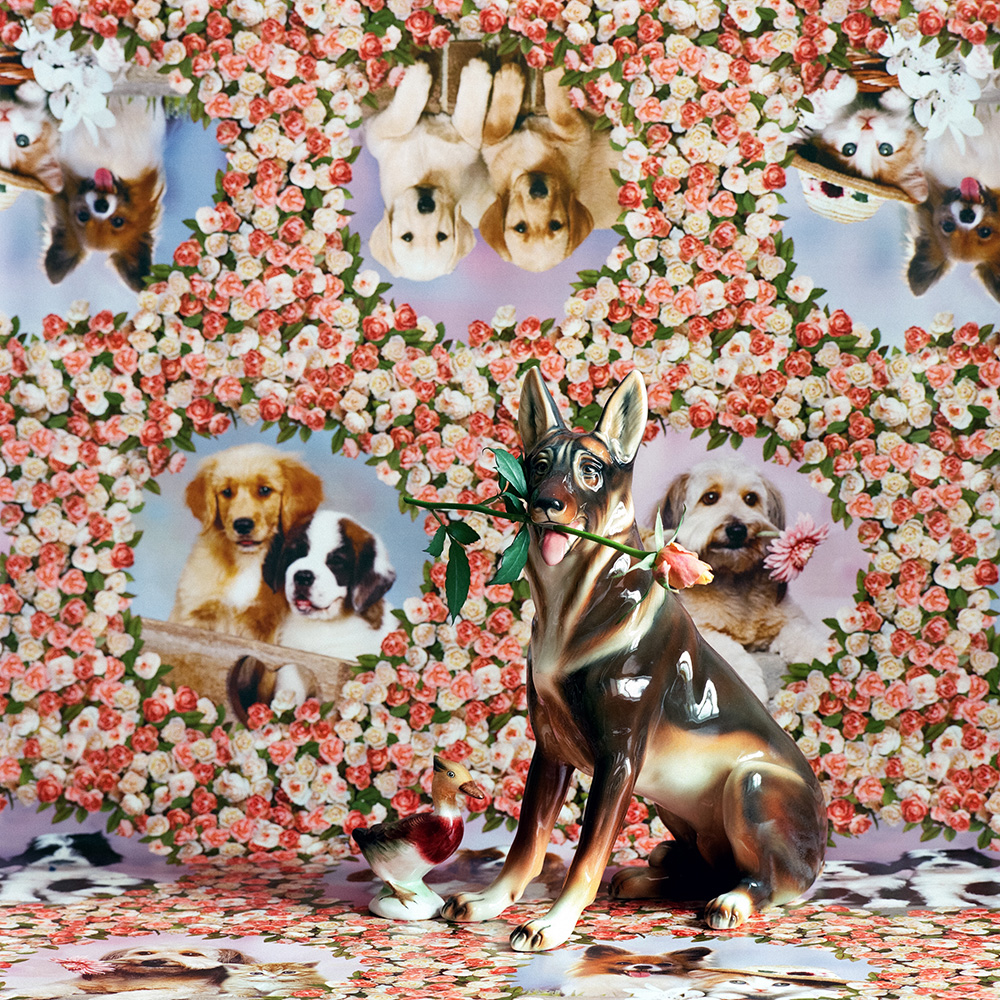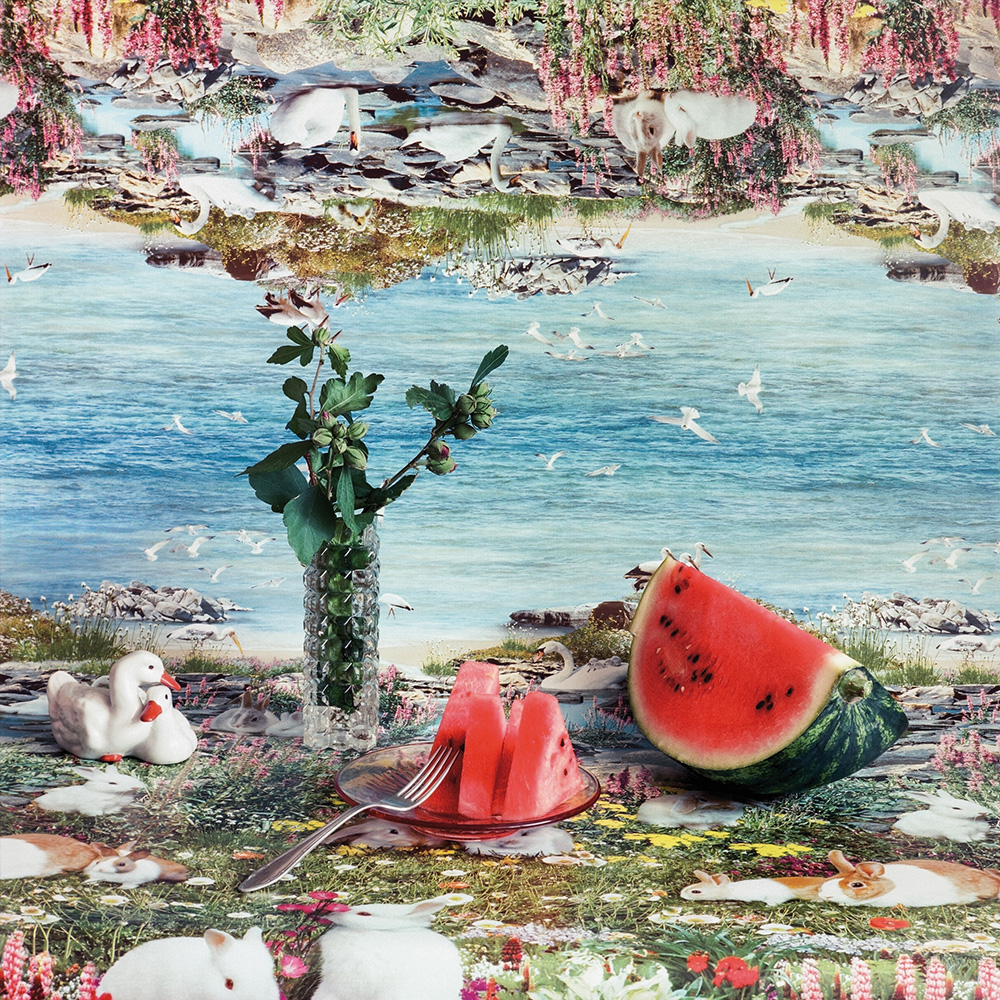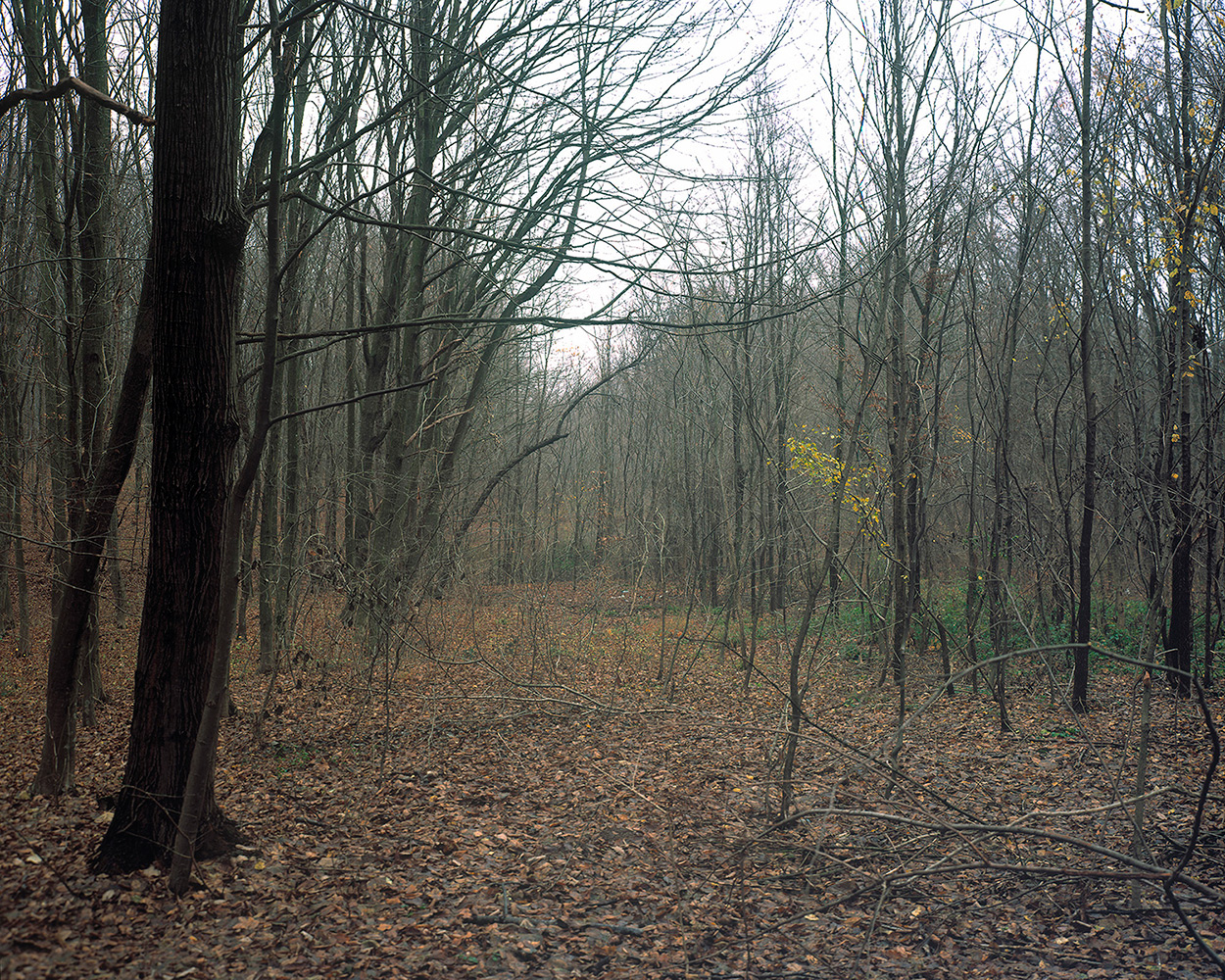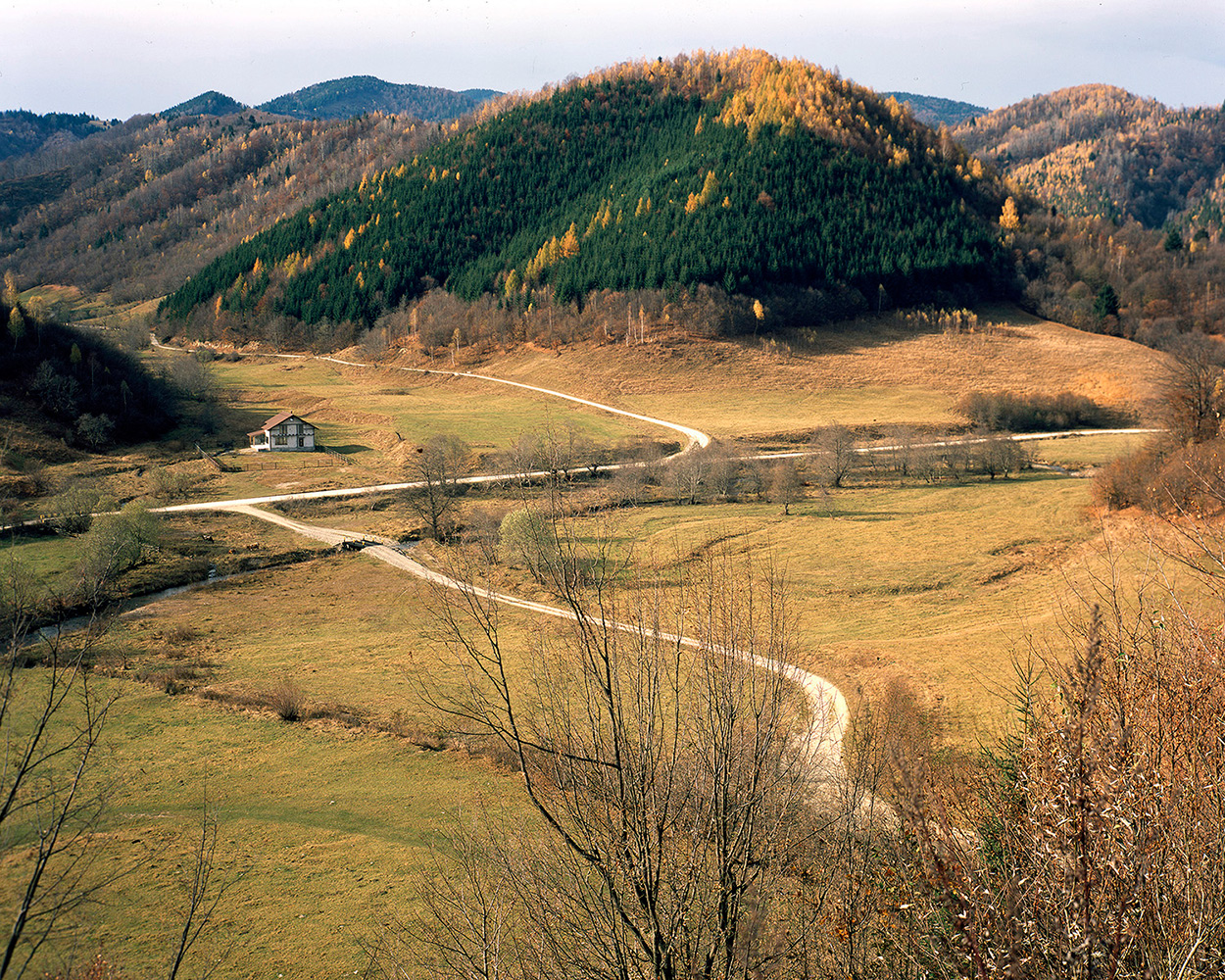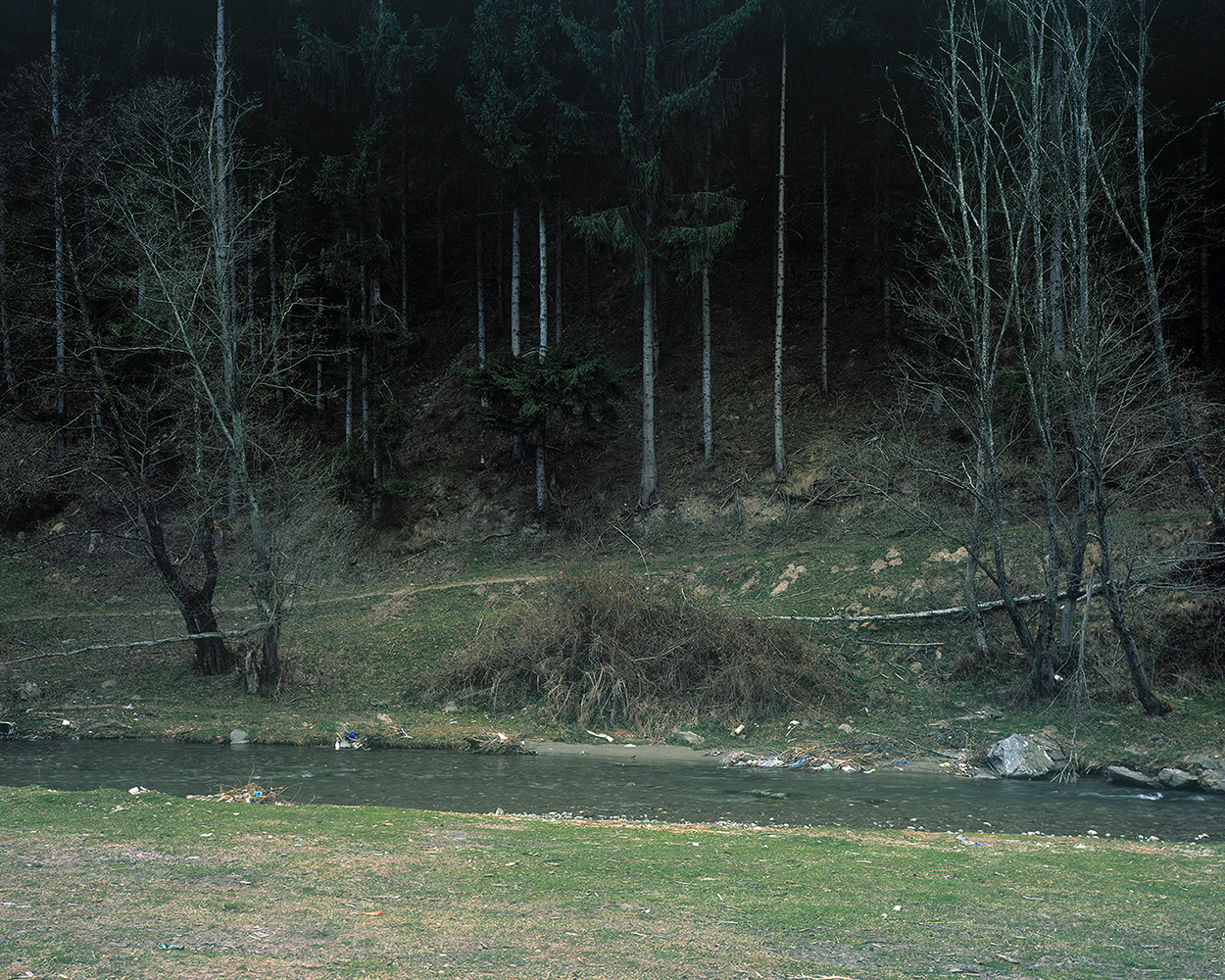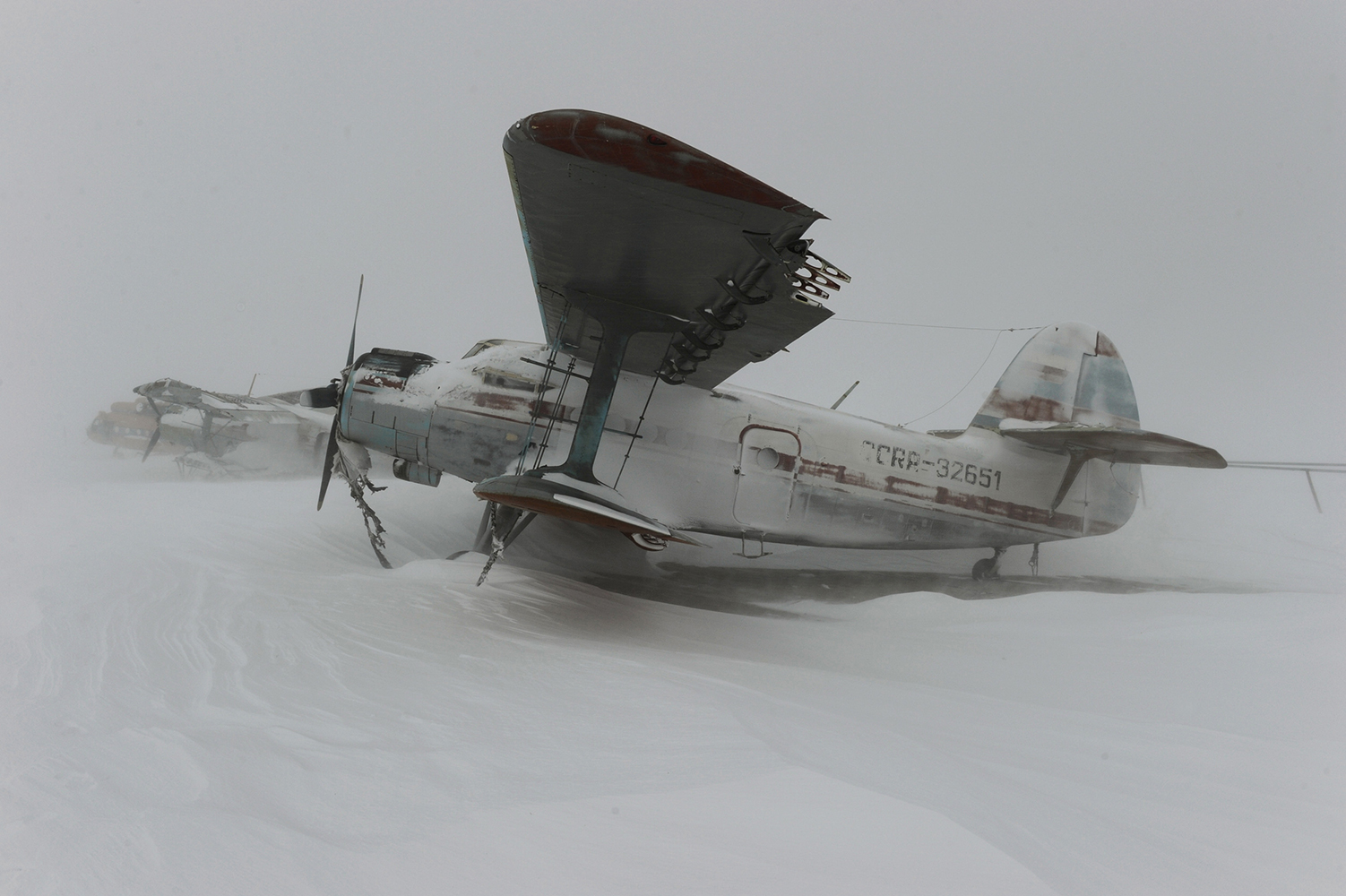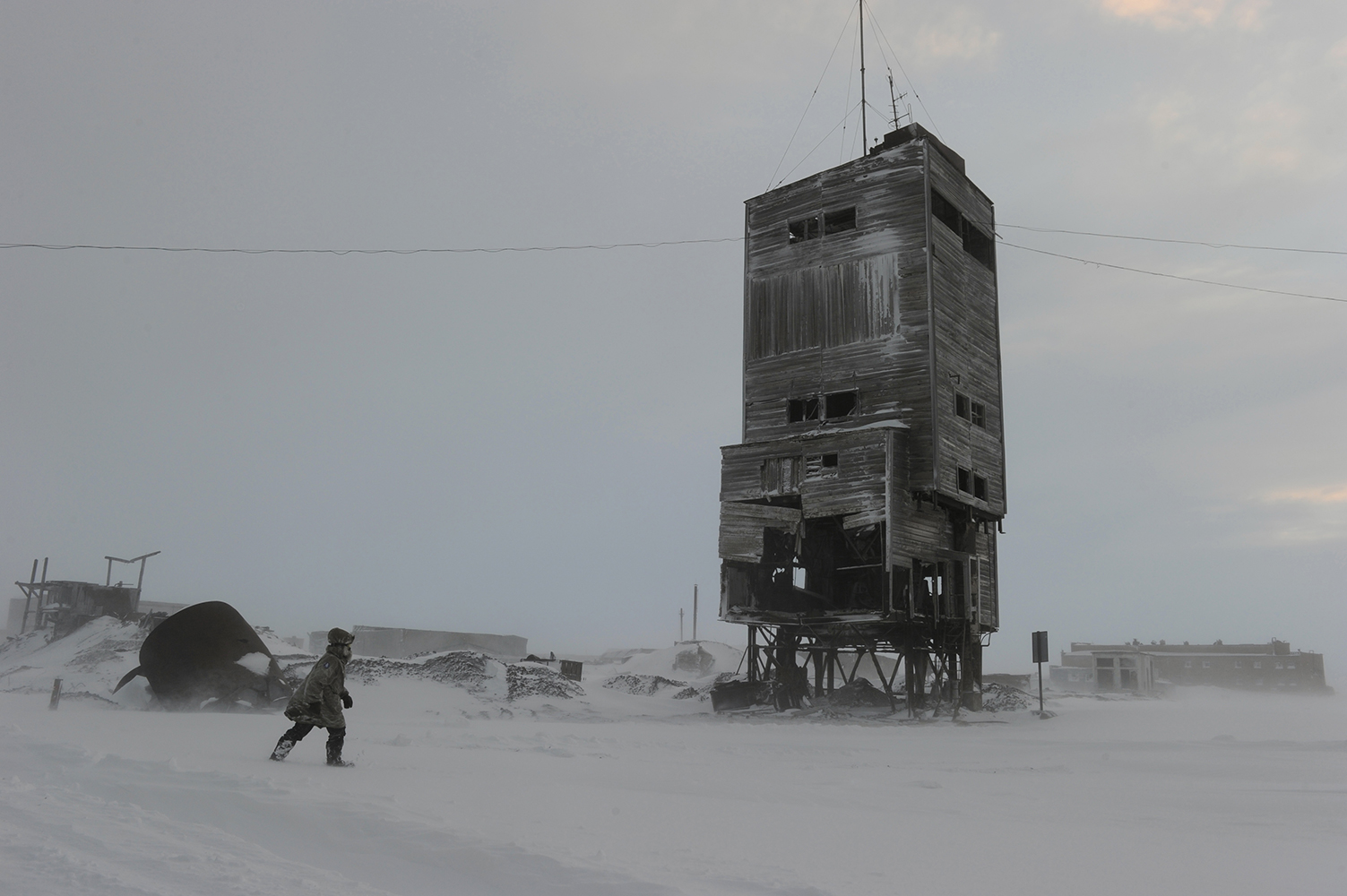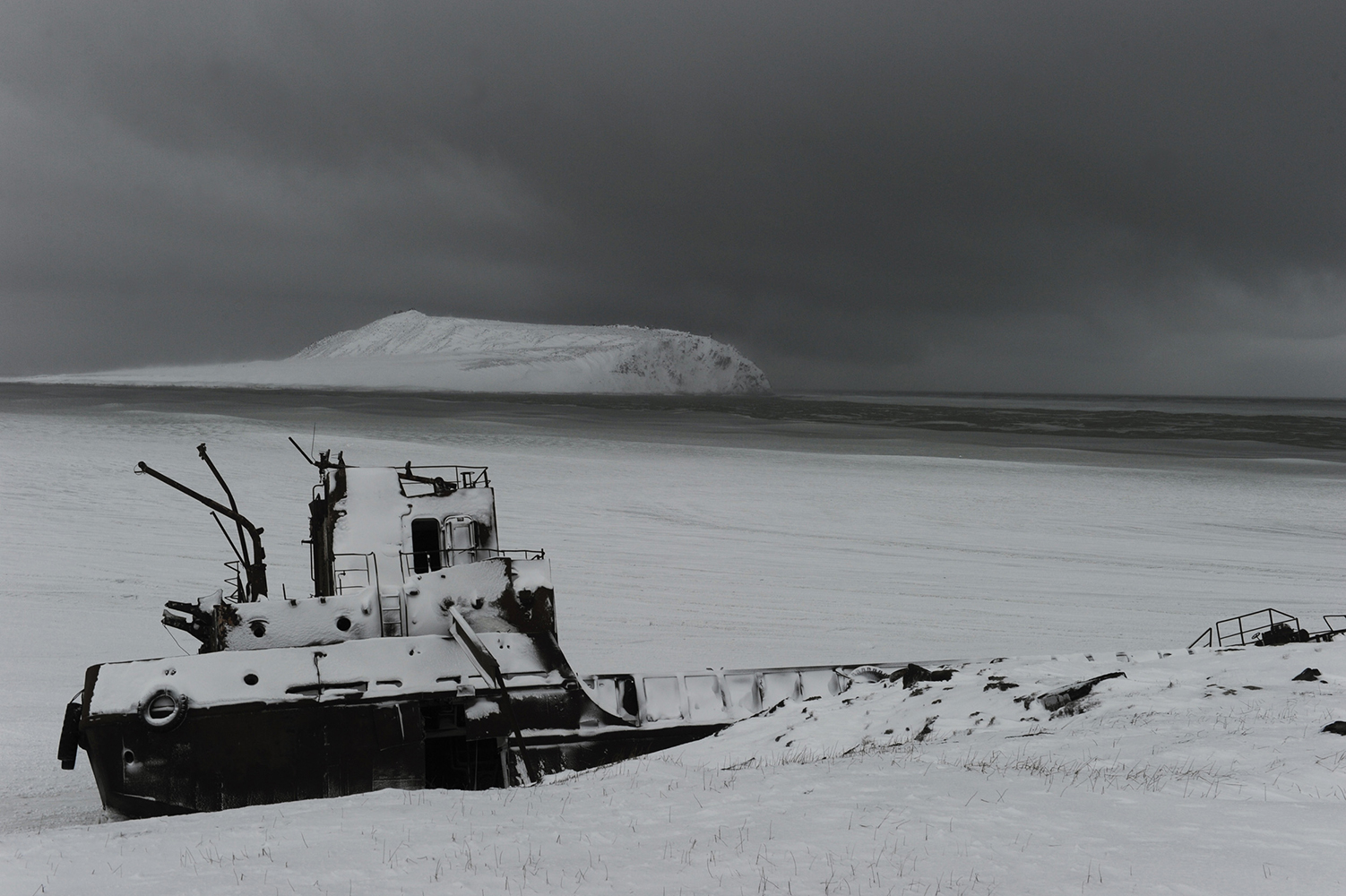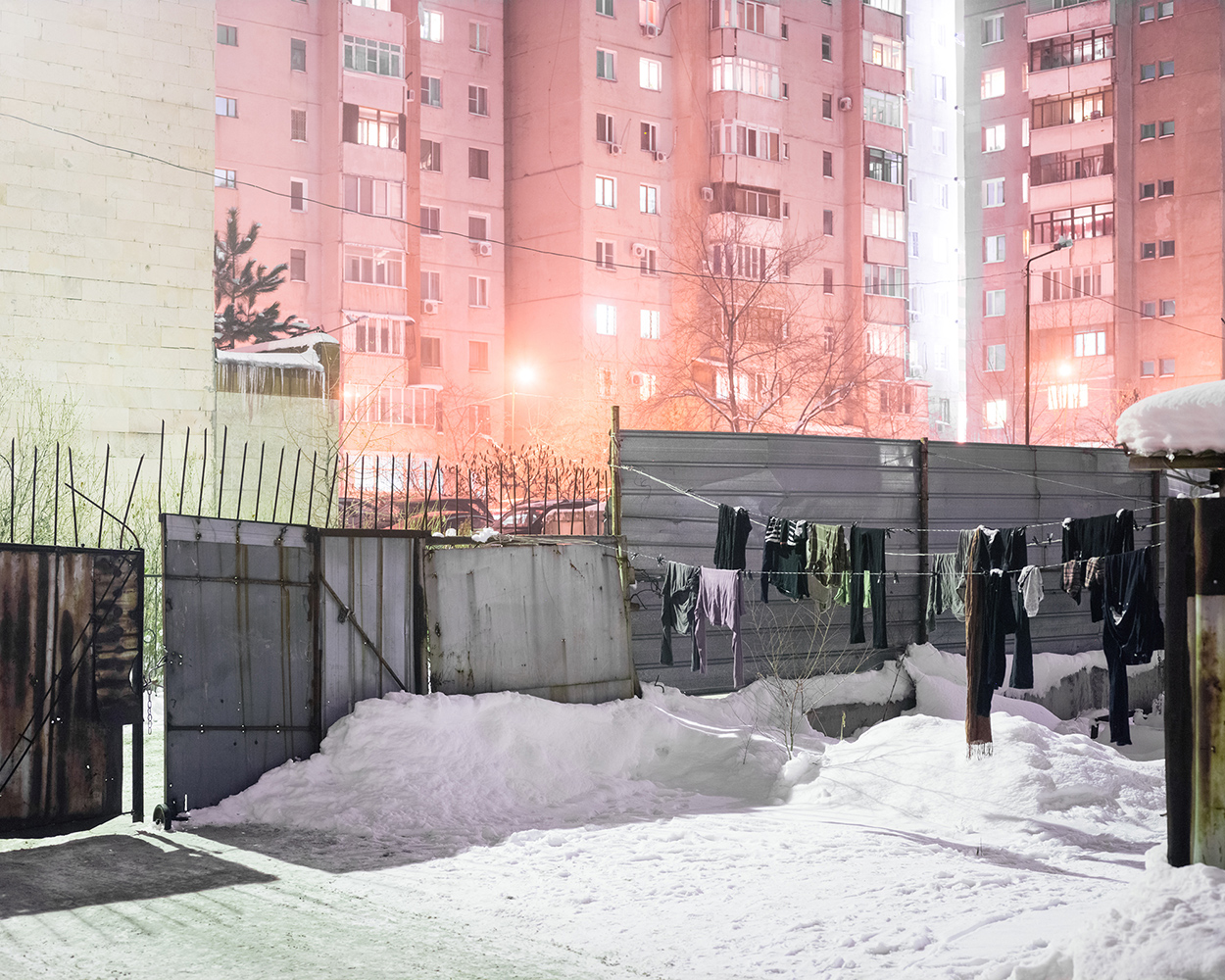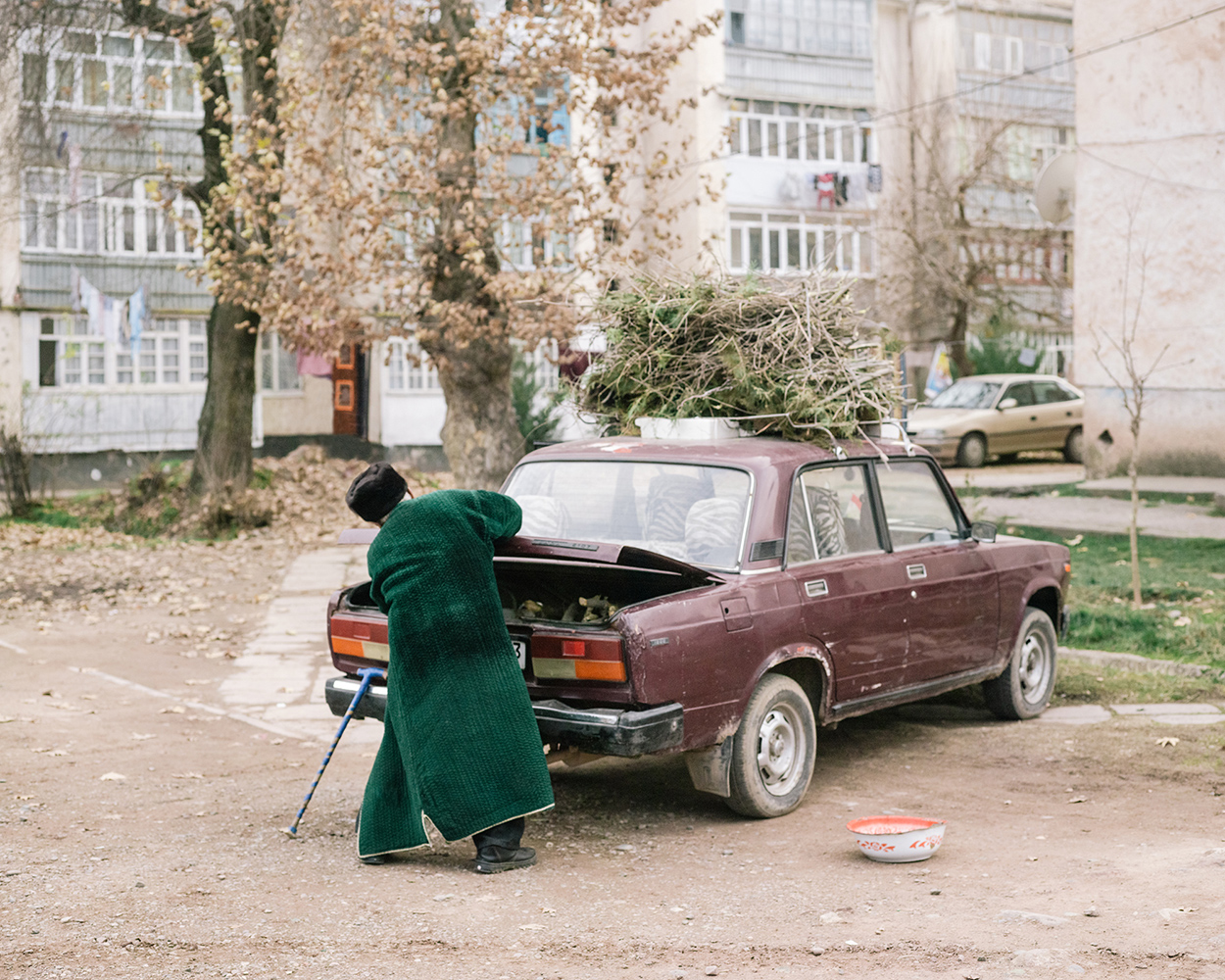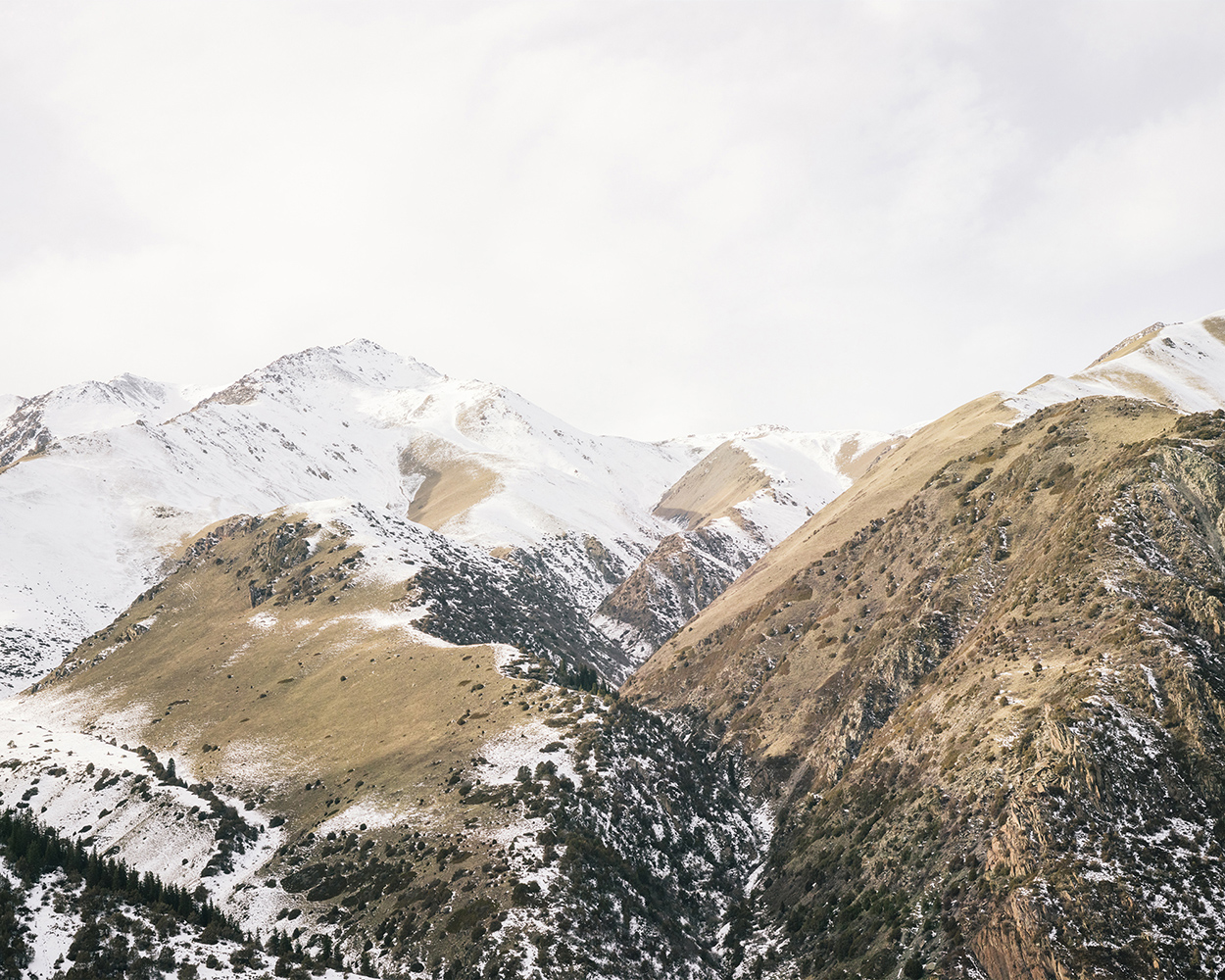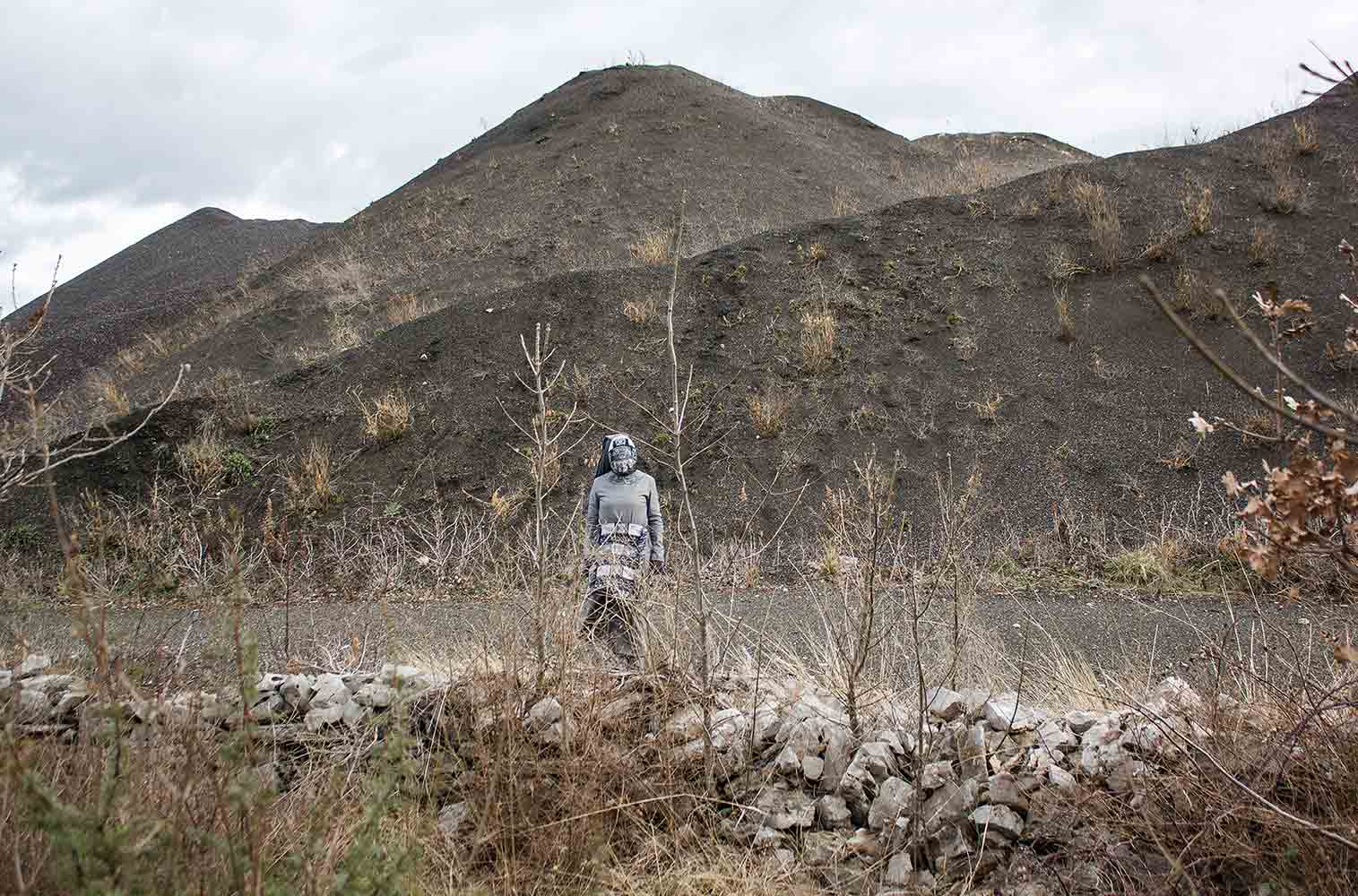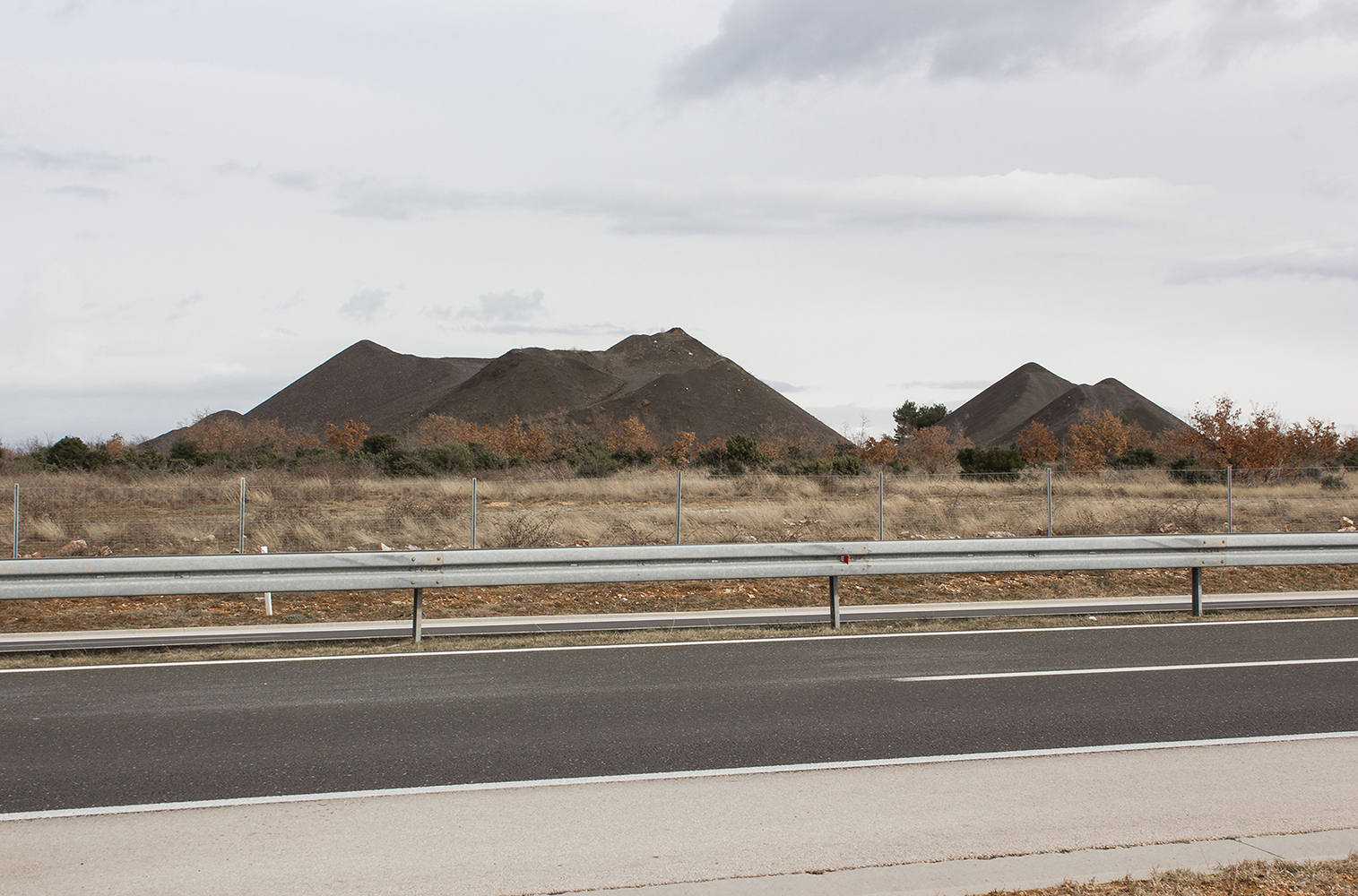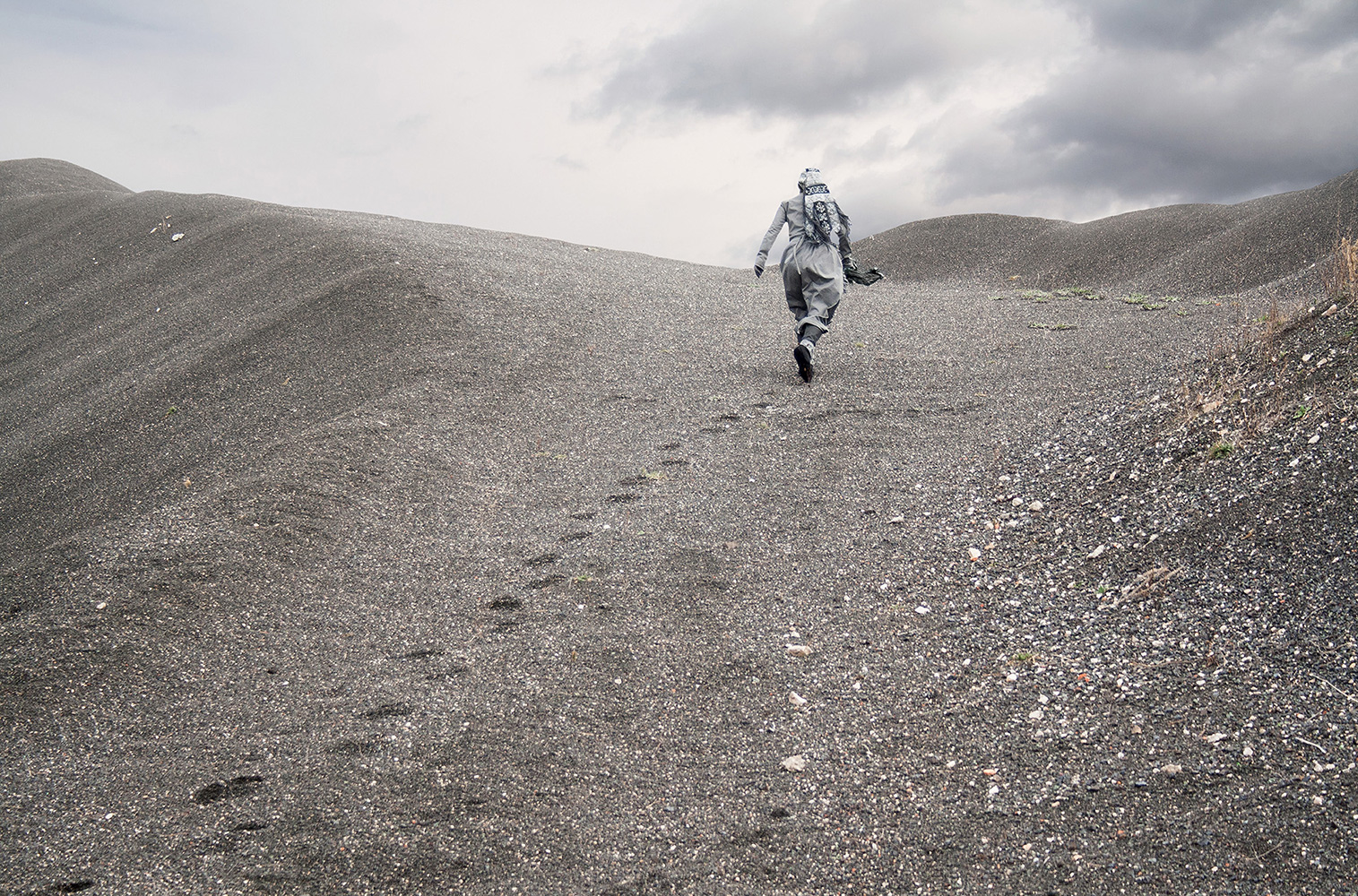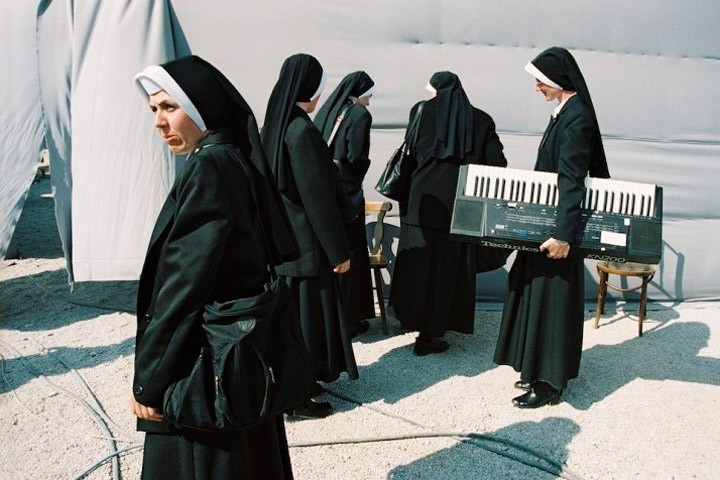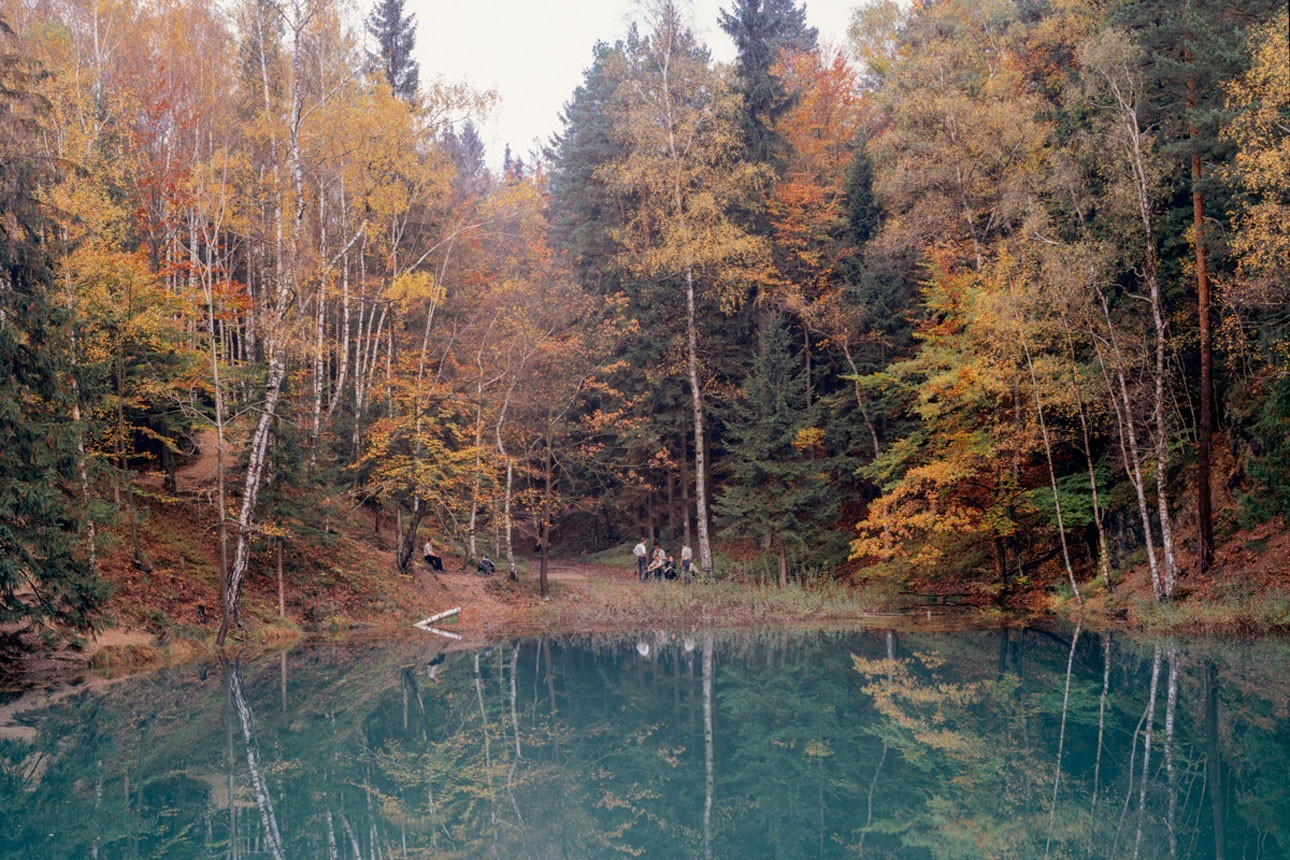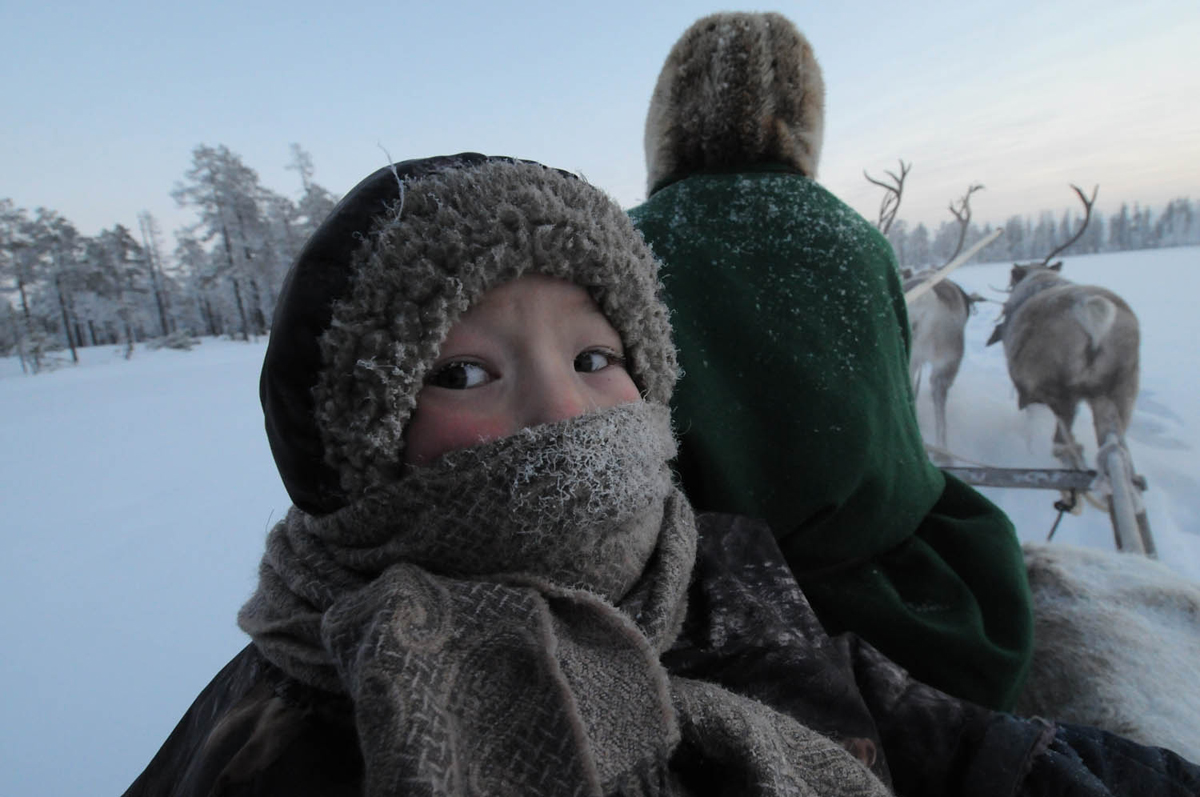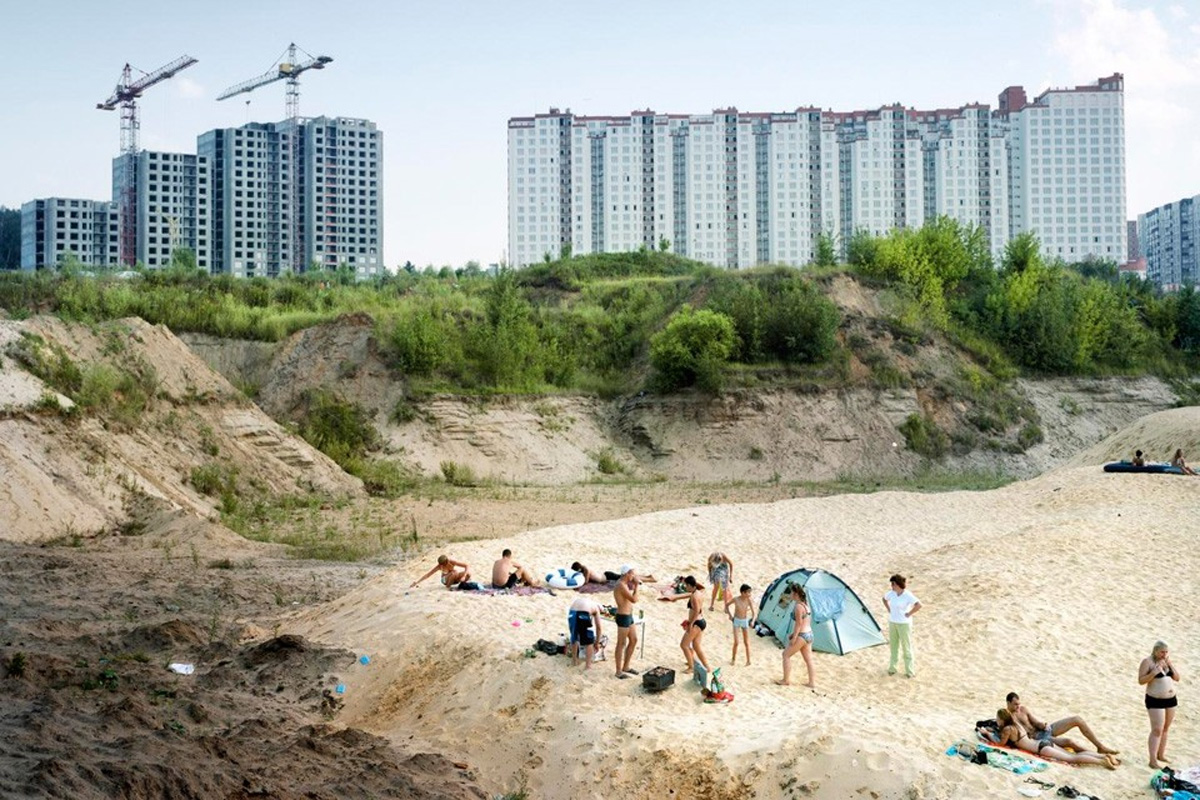
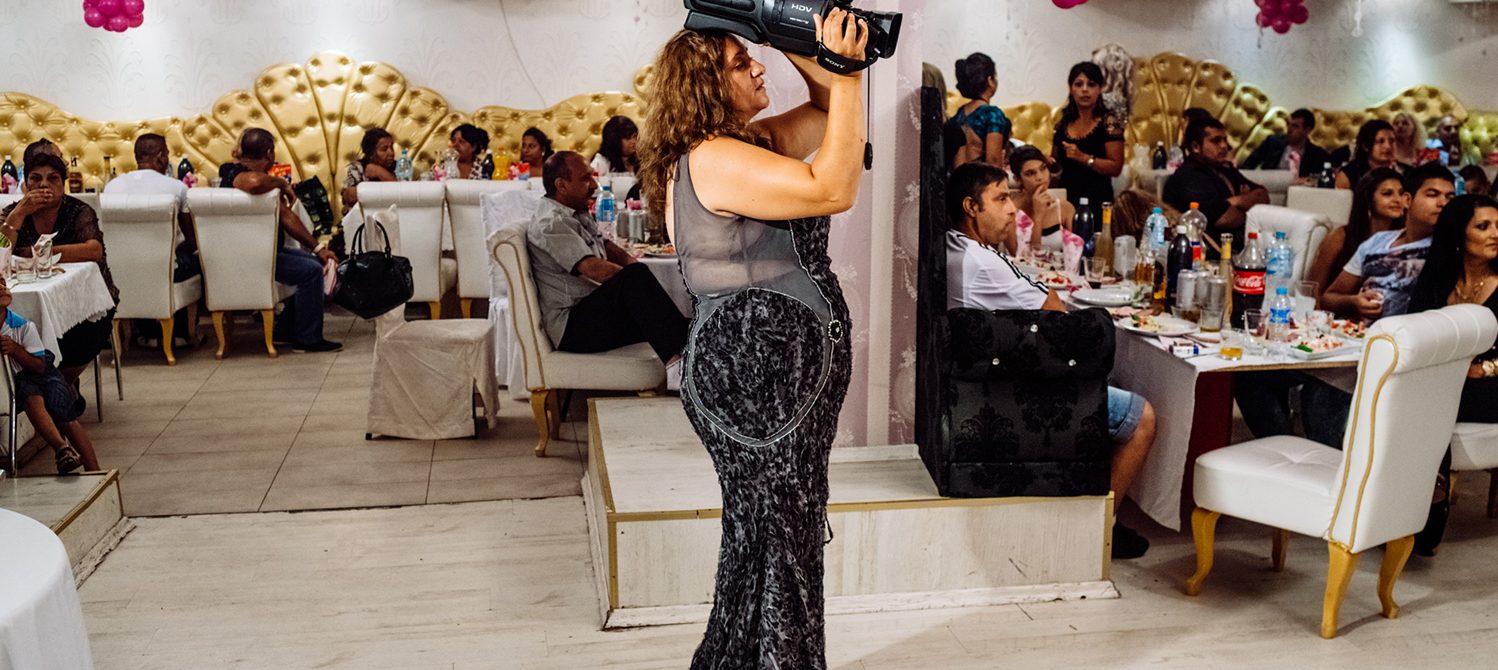
The New East Photo Prize: Who Was Shortlisted for the Award
Michał Sierakowski, Poland (Finalist)
Michał Sierakowski’s project is focused on the Polish Sudetes. After WWII, the Soviets discovered uranium ore deposits in the mountains and turned them into a prosperous miners’ land. And when all the reserves were exhausted, they forgot about this region, leaving unemployment and thousands of mines behind.
Michał Siarek, Poland (Finalist)
Michał Siarek’s story is from Macedonia. The first thing that the author saw when he arrived in Skopje was a 25-meter statue of Alexander the Great. This series documents how the Macedonians are restoring their historical heritage and how they don’t seem to be able to share it with the Greeks.
Danila Tkachenko, Russia (Finalist)
For his project called Lost Horizon, Danila Tkachenko photographed the objects that represent the idea of the ideal future in space. The works are performed in 6×6 format, which encapsulates the utopian state-run projects in a suprematist black square.
Elena Subach, Ukraine
Elena Subach was born in a provincial town in Galicia, a region in Western Ukraine, to an icon-painter and spent her early years painting a blue sky over the Madonna’s head. Today, she is capturing everyday life in similar timeless towns, lingering on traditions and God, and shows how absurd the reality is there.
Egor Rogalev, Russia
Synchronicity series paints a portrait of the generation that was born or raised when the Soviet Union collapsed. Synchronizing the situations reveals the disparity between the inner world of the post-Soviet man and the landscape that surrounds him, filled with the symbols of the past, which are now devoid of meaning. The larger part of the project was captured in Ukraine where, according to the author, this lack of synchronicity manifests especially well.
Rafal Milach, Poland
Rafal Milach shows the similarities between the Baltic states — Estonia, Latvia, and Lithuania. Before the Soviet Union collapsed in 1991 and starting from 2007 when these countries entered the Schengen zone, there were no borders between them. The author visualizes this lack of borders.
Katrina Kepule, Latvia (Finalist)
Katrina Kepule’s project called Sit Silently is about life outside the capital of Latvia. The author marvels at the periphery, searches for national identity and a common ground between modern Europe and various layers of Latvia’s past — the Soviet period or the national awakening of the 1980s.
Andrejs Strokins, Latvia
Andrejs Strokins shot a series about Bolderāja and Daugavgrīva — areas in Riga that have been very important for the city for many centuries, but which after WWII experienced decline and became neglected and peripheral.
Ziyah Gafic, Bosnia and Herzegovina (Finalist)
Ziyah Gafic grew up under constant shelling: the Bosnian conflict started when he was 12. Paradise Lost is a project about Bosnia and Herzegovina 20 years after the war ended. The author shows how his country is recovering from the aftermath of the war and tries to go on.
Vladimir Vasilev, Bulgaria (Finalist)
T(h)races is a project on how 45 years of Communism impacted the country that has become a member of the EU already almost 10 years ago. The author shows how Bulgaria adapts to a new way of life while trying to preserve its national identity.
Dmitry Lookianov, Russia
Several years ago, Dmitry Lookianov started a photo journey around Russia with the aim of showing a typical image of the Russian province. The author thinks that the most attention must be paid to the internal cultural landscape of the country. These locations remain unnoticed, although they are no less important than the famous cultural and historical landmarks.
Sasha Rudensky, Russia/US (Finalist)
Tinsel and Blue is a series that portrays the post-Soviet generation that froze between the lost past and an uncertain future, and hides the blues for unrealized dreams behind tinsel and glamour.
Eugenia Maximova, Austria (Finalist)
Bulgaria-born Eugenia Maximova noticed that most of her childhood memories are related to kitsch aesthetics. It inspired her to shoot the project called Associated Nostalgia. For this project, she photographed objects that people used to be proud of having.
Lucian Bran, Romania
Borrowed Territories is a project on how films and photography can change the perception of space and time. As an example, Bran photographed locations where the Americans shot the Western mini-series called the Hatfields and McCoys, and showed how Romania posed as West Virginia and Kentucky. The series presents shooting locations without actors, the landscape being the protagonist in the photographs.
Andrey Shapran, Russia (Finalist)
Cape North is a part of a series called Lands at the Edge of the World. Cape North is the northern territory with the most restricted access on the planet. The Arctic silence of these lands was broken only by Soviet military bases and GULAG labor camps. Despite the extremely difficult weather conditions, Andrey managed to capture this deserted territory.
Aleksey Kondratyev, Kyrgyzstan/US
As a child, Aleksey Kondratyev emigrated from Kyrgyzstan to the US. Now he came back to his native country to see how it has been changing since the collapse of the Soviet Union. How Soviet-era buildings coexist with the architecture that is reminiscent of Shanghai, Kuala Lumpur or Dubai. How people use the Russian language less and less and prefer to study English and Chinese.
Lana Stojićević, Croatia (Finalist)
In 2010, one of the plants in Croatia was out of storage space for 200,000 tons of industrial waste, which caused the formation of the so–called Black Hill. Lana Stojićević created her own version of the national costume avoiding bright colors that are traditional for local embroidery and leaving only black and grey to adapt to the new landscape.

— Figures first. We received almost 1,100 submissions from 25 countries, which was a surprise not only for The Calvert Journal team, but also for our server, which was paralyzed by the gigabytes uploaded onto it at some point. As a result, selecting the long list was an exhausting marathon for the jury around the far and not always populated corners of the former Eastern block. Like many other members of our editorial staff, I will have dreams about the ruins of abandoned health resort buildings and psychedelic colors of the zones of ecological disaster.
By the way, these themes were recurrent in the works of photographers, which in no way decreases their artistic value. As you may have already guessed, most applications have referred to the problem of post-Soviet quest for identity in the middle of brutalist landscapes in one or the other way.
However, not all projects came down to ‘architectural postapocalyptics’. There were many submissions that featured esoteric stories. For instance, an absolutely Martin Parr-esque photo report about the life of a dominatrix in St. Petersburg or a fashion shoot inspired by Leni Riefenstahl movies.
At the same time, like in many competitions, the judges had to make tough decisions and form a relatively concise shortlist from hundreds of strong and original projects. The next step was to select finalists who will participate in the exhibition in London. And finally, we will select the winner of the main prize, but we will update you about this later. So far, I would like to extend my thanks to our colleagues from Bird In Flight and all our regional partners, without whom our competition would not have been such a success.

— What I found, like all contests, was an easy survey. I mean a tide that brought in the stuff of the current photographic trends. At times I felt I was participating in an episode of Disco Night ’79, meaning, what I was seeing was the glitter of merely current trends, visual tropes that did little to push the boundaries of what photography must be today, to survive. I could list the cliches that were handily used by photographers but I will not dwell on the negative.
I am always looking to be impressed, provoked beyond my comfort zone as a photography reviewer. The works that stood out were completed with devotion by their photographers. Very few “contemporary” tropes were used. Instead, the shortlisted photographers understand it is a story that drives the outcome, not the aesthetic. If you care, I too will care about your work.
The analogy is looking back at photographs of your family and friends from 20, 50, 70 years ago. Do you want to be the Landlubber bellbottoms or menthol cigarettes of current photography? Sure, you might be fashionable, but where’s the sustaining power in your work? Have you surpassed fad and trend to become timeless? Are you telling a story that has relevance and meaning and an ability to implicate society?
That’s where great work rises, and merely good falls to the wayside.
